
The Case for Play
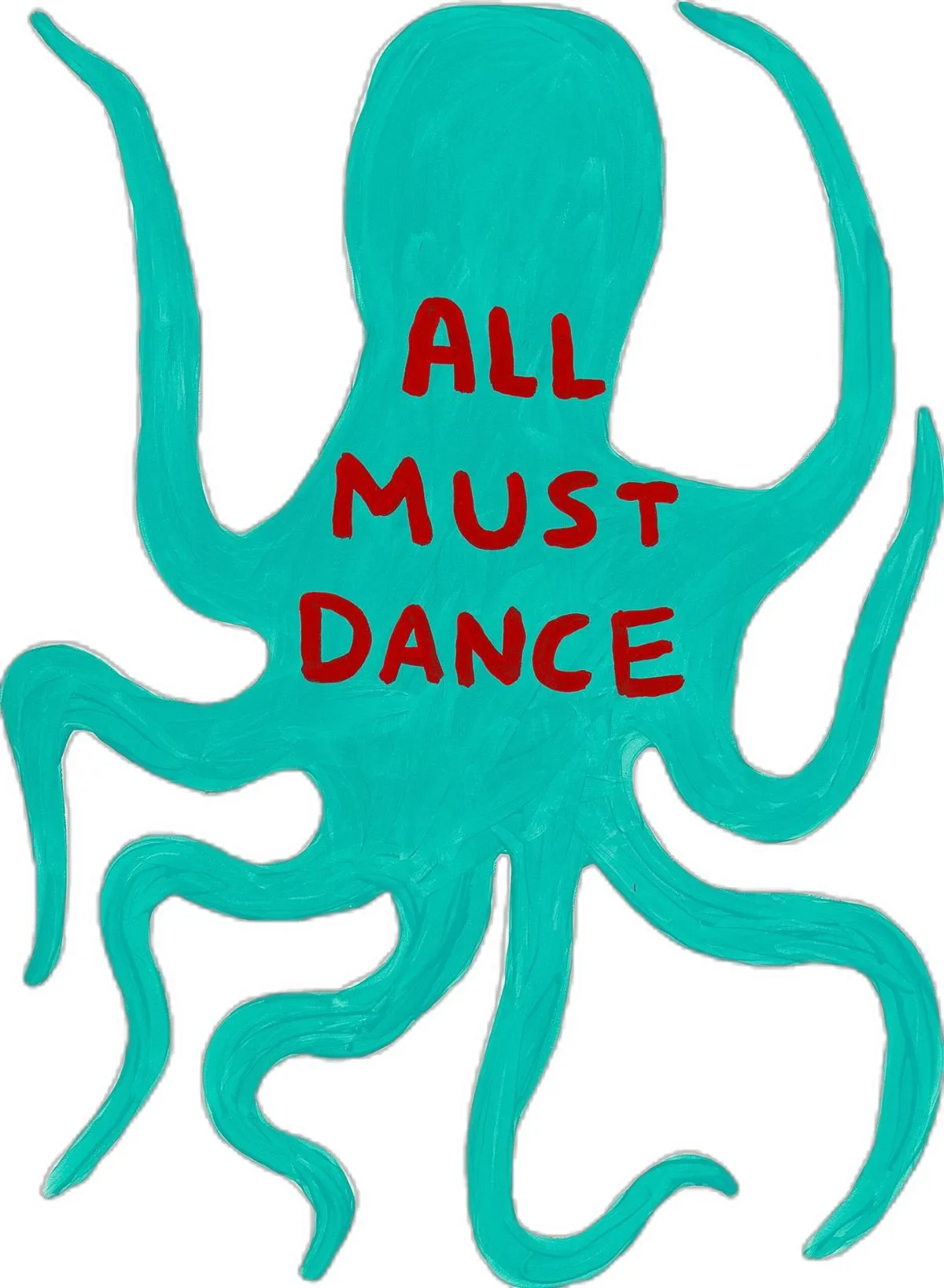
This week, I’ve been thinking a lot about play.
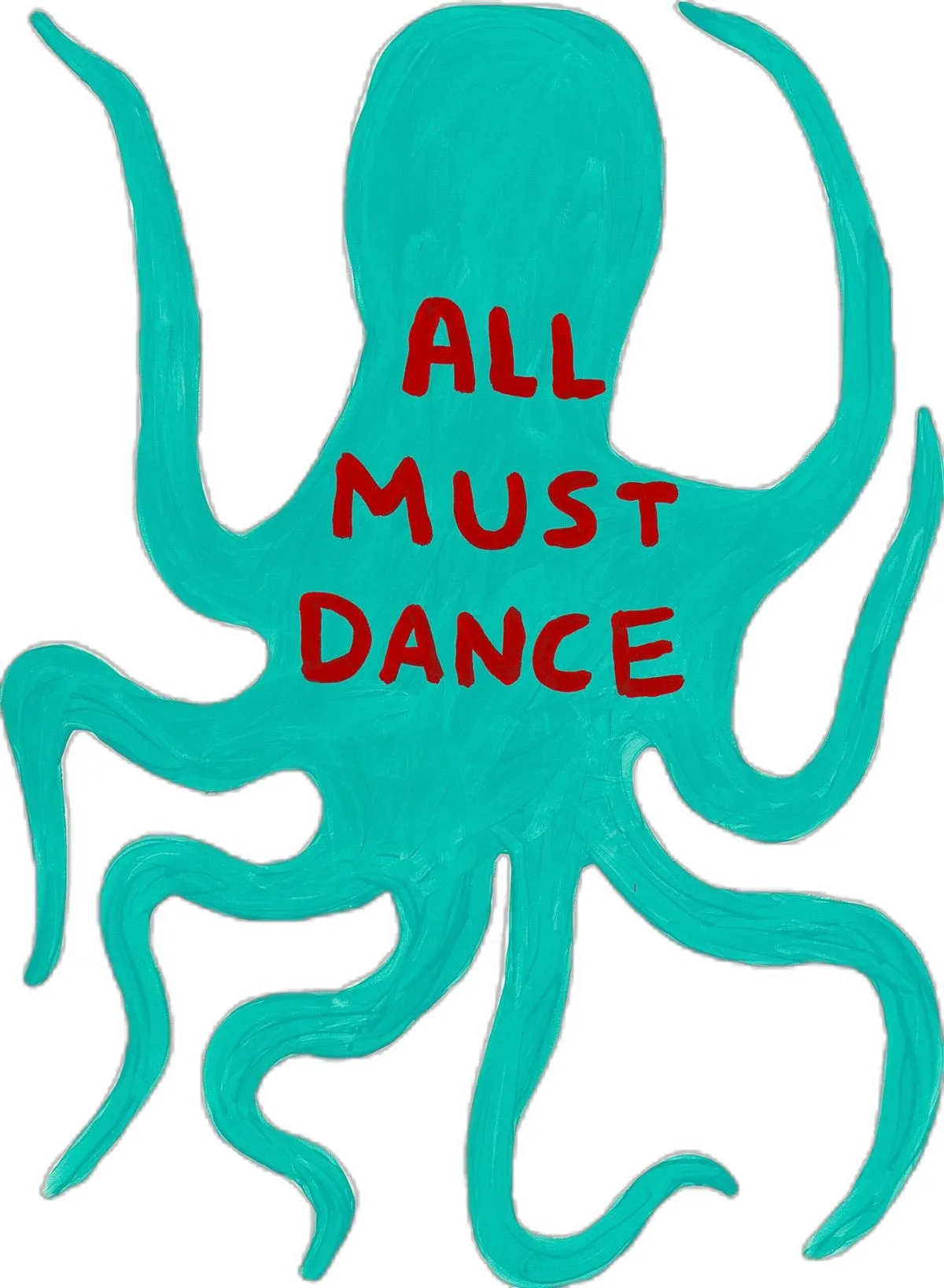
Not productivity. Not self-optimization. Just simple, unstructured, curiosity-driven play.
Maybe it’s because I’ve been traveling so much lately—wandering streets with no map, letting the day decide for me. No agenda, just following whatever felt fun.
Or maybe it’s the summer sun itself, making everything feel a little more mischievous. Either way, it reminded me how easily we forget to play once we’re grown.
And how essential it actually is—for our minds, our bodies, our spaces.
I came across something recently called a “dopamine menu.”
Not a list of digital hits or doomscrolling benders—but small, embodied pleasures that feed your brain in a deeper, steadier way.
Simple joys. Real joys. The kind that actually reset your nervous system.
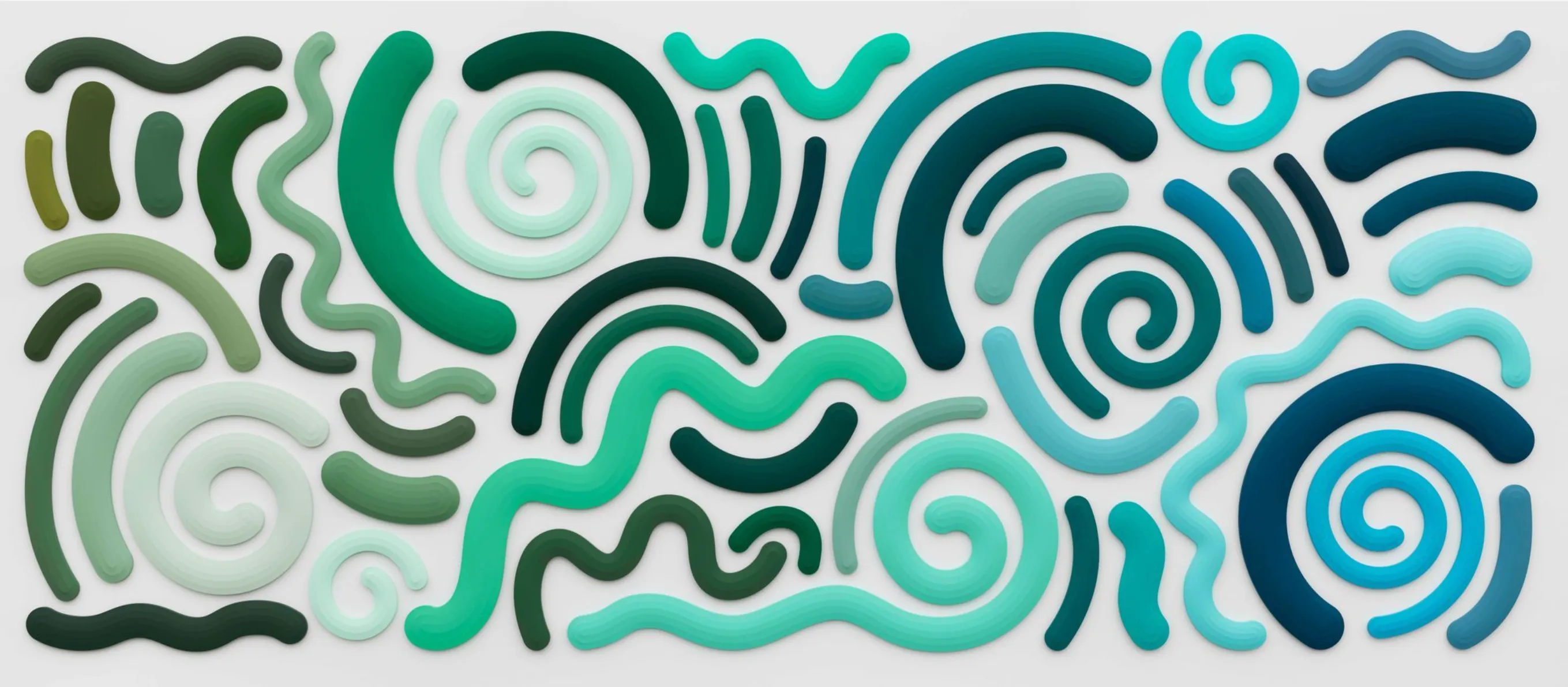
The neuroscience of play (and dopamine)
Play isn’t frivolous—it’s how your brain builds resilience.
Dr. Stuart Brown, founder of the National Institute for Play, says:
“The opposite of play isn’t work. It’s depression.”
When we play—move, experiment, follow curiosity without any end goal—we activate the brain’s mesolimbic pathway (more commonly referred to as the reward pathway), our core dopamine circuit. This isn’t the kind of dopamine you get from constant likes and notifications (which leaves you scattered and depleted). It’s the kind that comes from real-world novelty and connection.
A 2021 study in Frontiers in Psychology found that playful activities can actually increase dopamine receptor density over time, meaning the more you choose natural sources of joy, the more capacity you build for future joy.
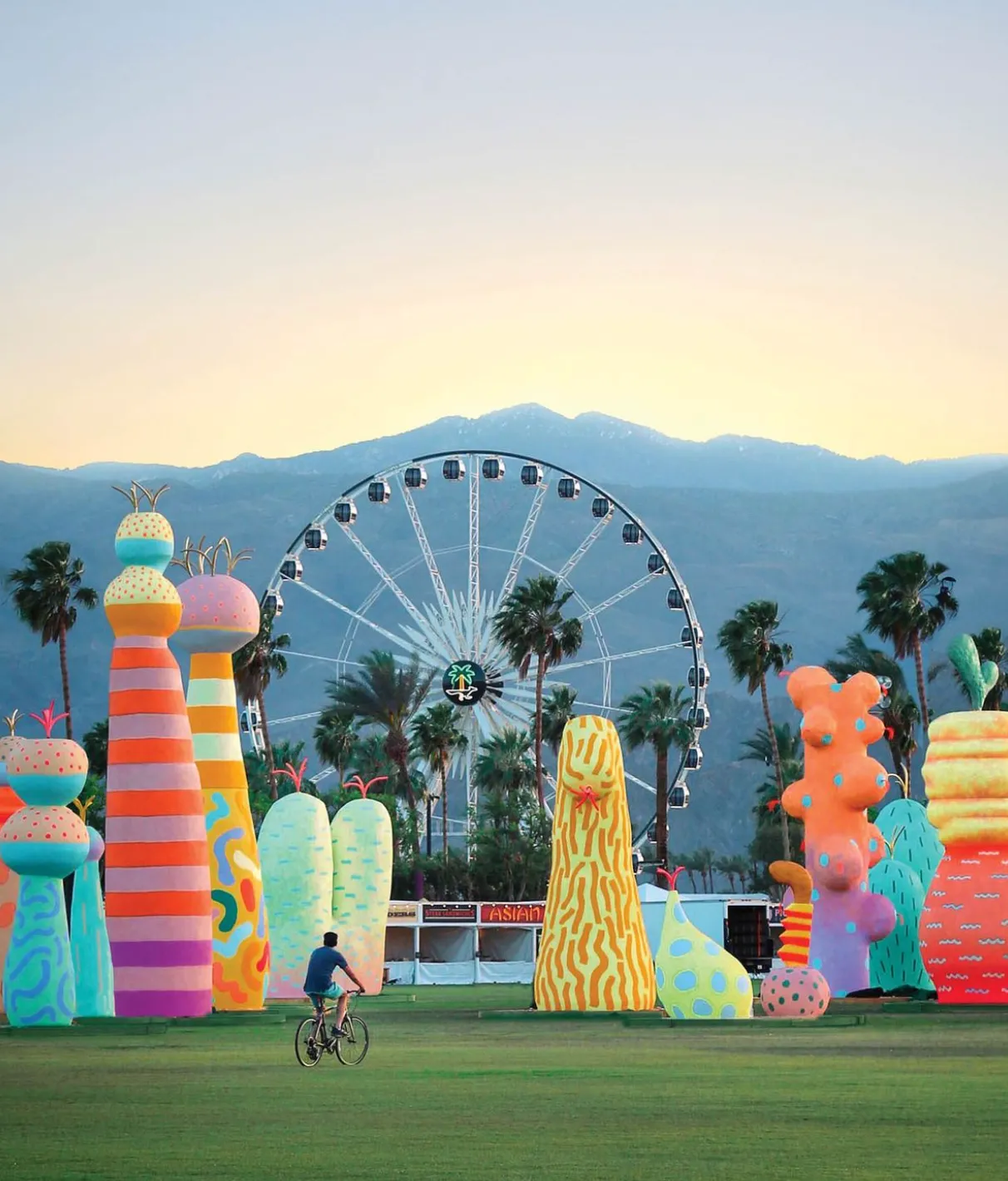
What’s on your dopamine menu?
Ever since I came across that dopamine menu idea, I’ve been thinking about play in terms of dopamine release.
Not the kind that leaves you glazed over from hours on your phone, but the kind that actually nourishes your brain—like a perfectly balanced meal.
🍋 Appetizers
Small, easy lifts to kick things off.
• Lighting a candle that smells like summer.
• A quick sun soak on the stoop.
🥗 Sides
Little supportive habits that round things out.
• Keeping a sketchpad open.
• Fresh flowers (or even a branch in a glass).
🍝 Entrées
Activities that take more intention—but feed you deeply.
• Seeing art up close.
• Making something with your hands.
✨ Specials
The slightly wilder cards.
• A spontaneous day trip.
• Saying yes to an invite you’d normally decline.
🍰 Dessert
Sweet, simple pleasures.
• Dancing in your kitchen.
• A piece of chocolate on the sunny side of the couch.
It’s about delight that lasts.
The kind your nervous system recognizes as:
“Ah, yes—more of this, please.”
Heres a dopamine menu template you can save and play with yourself!
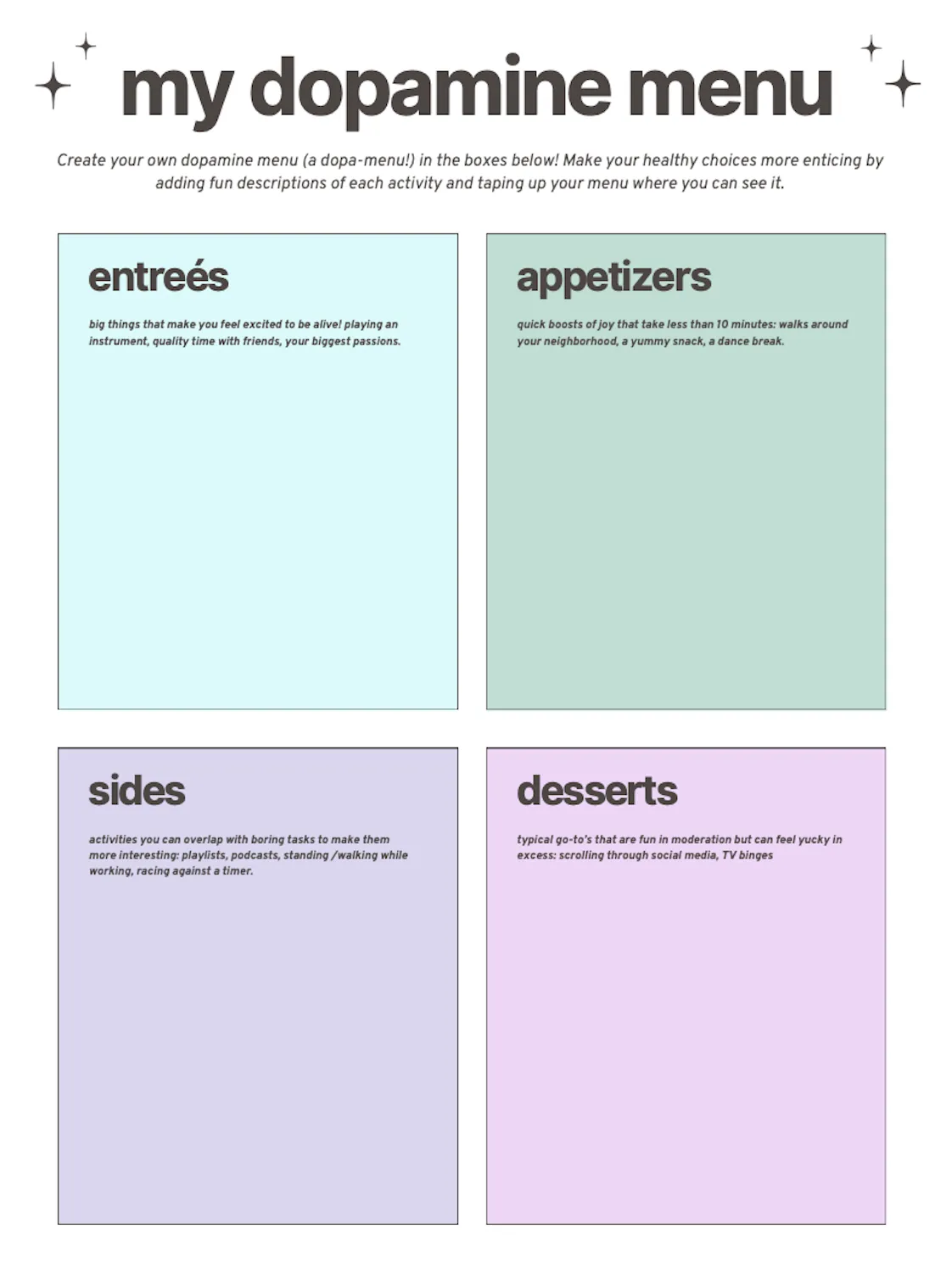

Dopamine menu
Designing for play
So what does this have to do with our spaces?
Everything.
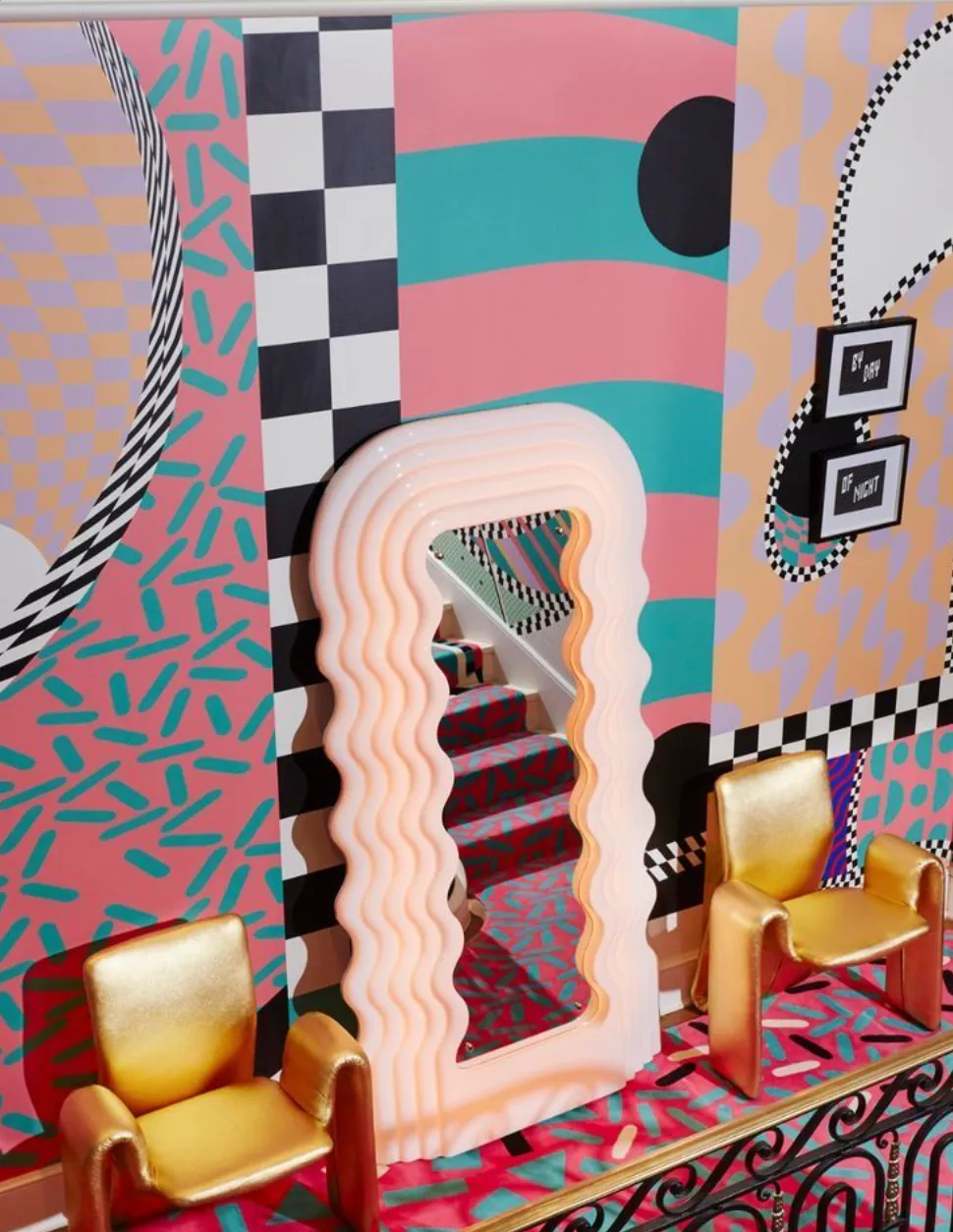
Because play isn’t just something you do—it’s a state your environment can invite. The right space nudges you toward curiosity, experimentation, delight. It keeps your dopamine loop tied to real life, not just screens.
Think about:
- Unexpected color.
A bright yellow chair in a calm room. A splash of teal on a doorframe. Color surprises your attention system—researchers call it “novelty salience”—and lights up your brain’s reward pathways. - Tactile moments.
A carved bowl, a nubby linen throw, a velvet stool. Touch is one of the most underused senses in design, but it’s deeply tied to dopamine. The more sensory inputs, the richer the experience. - Art that feels lively.
Not every piece needs to be serious. Choose art that moves, brightens, even makes you laugh a little. - Movable elements.
A stool you can drag to the sunniest spot. A table that’s easy to rearrange. A stack of books that’s always in flux. Giving yourself permission to shift things around is playful at its core. - Objects that invite interaction.
A small game on the coffee table. A polaroid camera out in plain sight. A mirror that warps your reflection, just enough to feel fun.
Play doesn’t have to look like toys.
It can be a space that says: explore, linger, mess around.
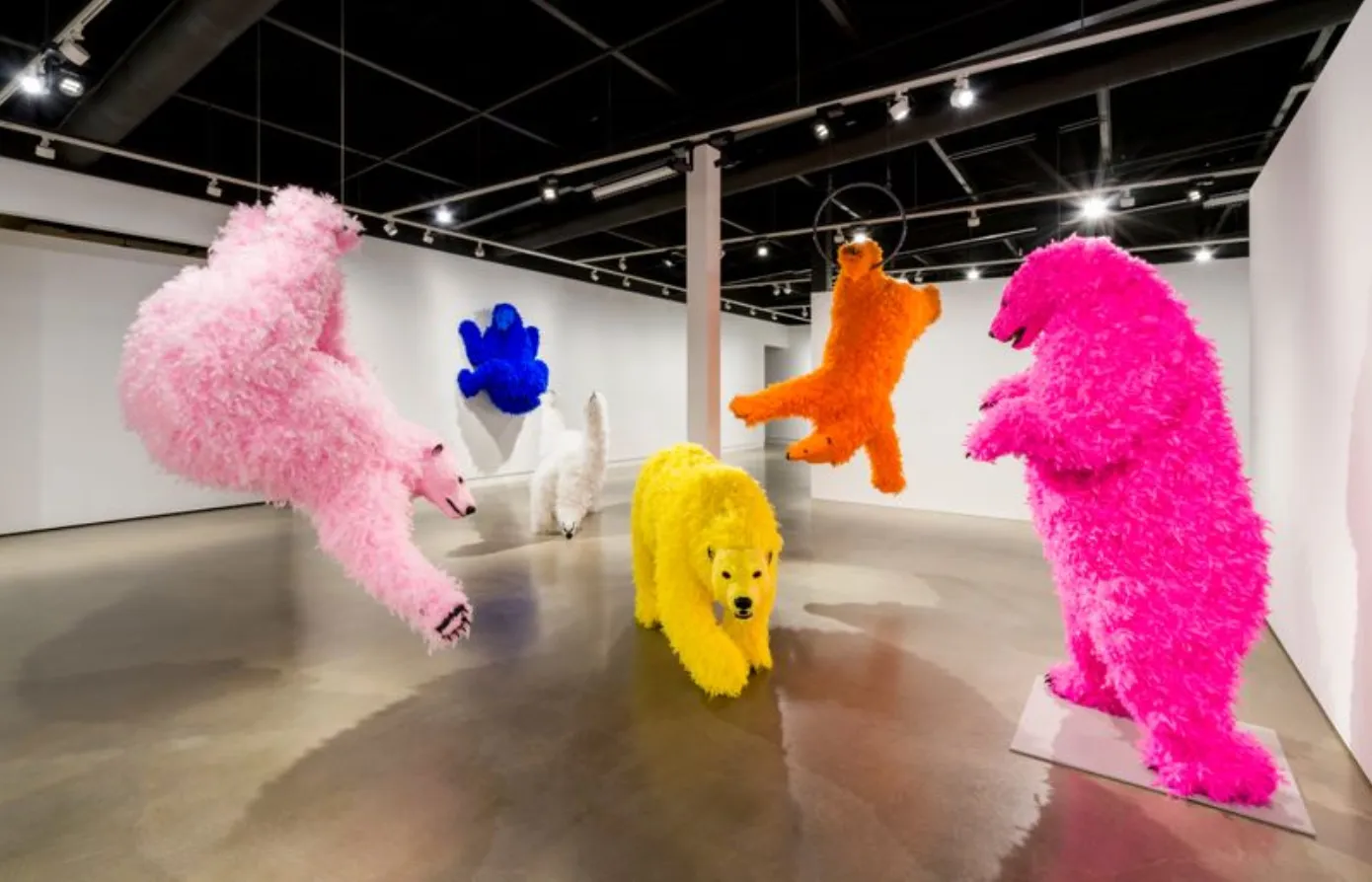
Final thought
If your brain feels dull, try writing your own dopamine menu.
More dancing, more doodling, more spontaneous adventures.
If your space feels dull, design a corner that invites a little mischief.
💌
Elle
P.S. What’s one small way you bring play into your space (or your life)? Tell me—I’d love to know.
Thanks for reading! Subscribe for free to receive new posts and support my work.
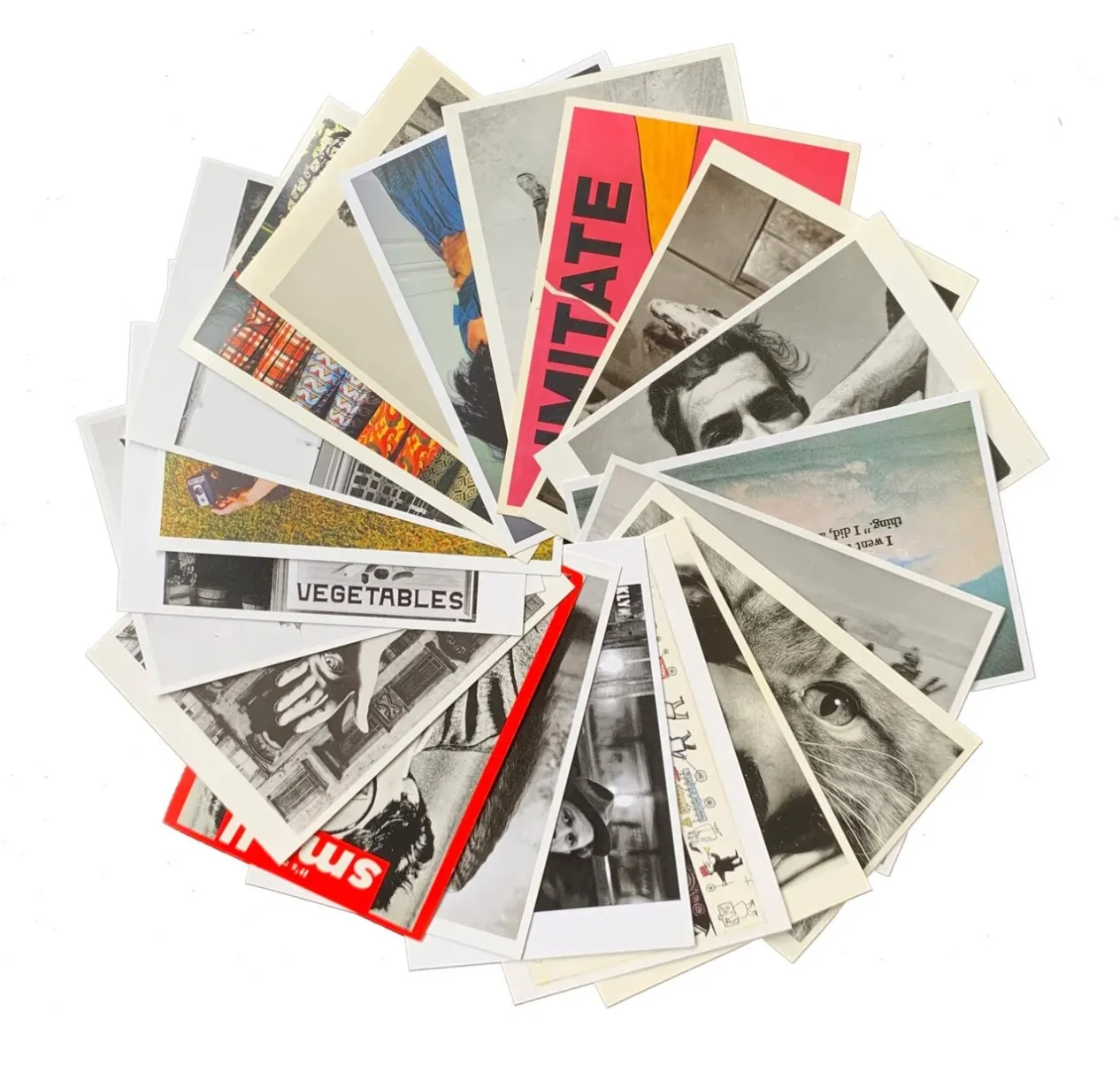



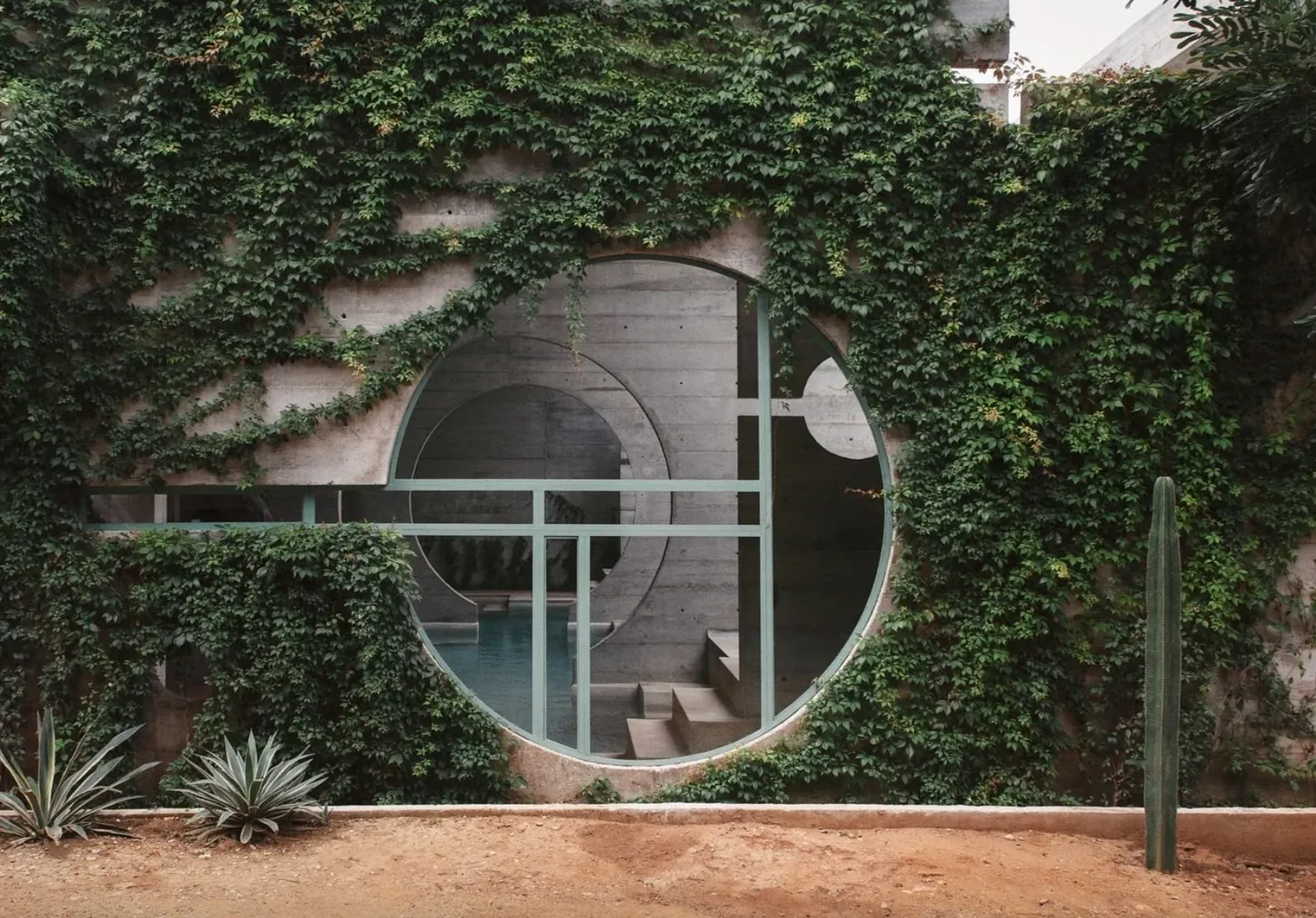
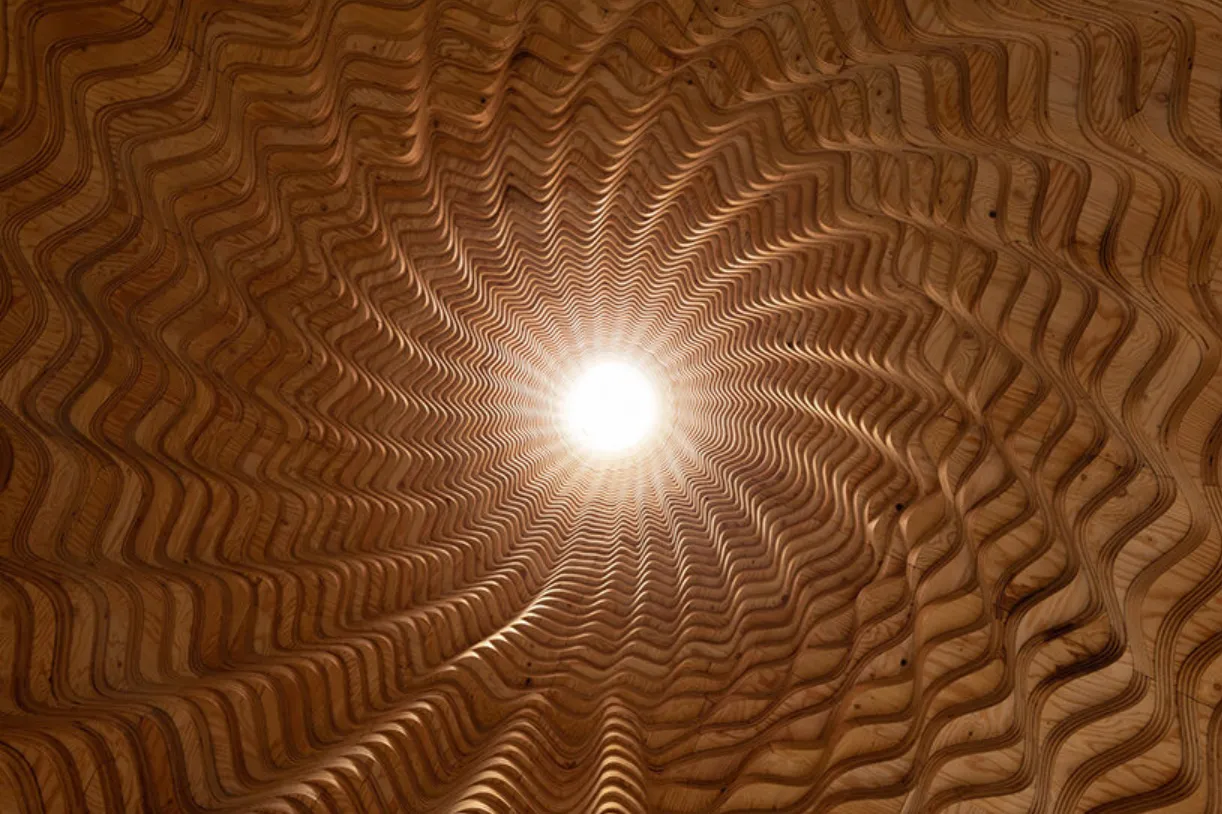
.svg)
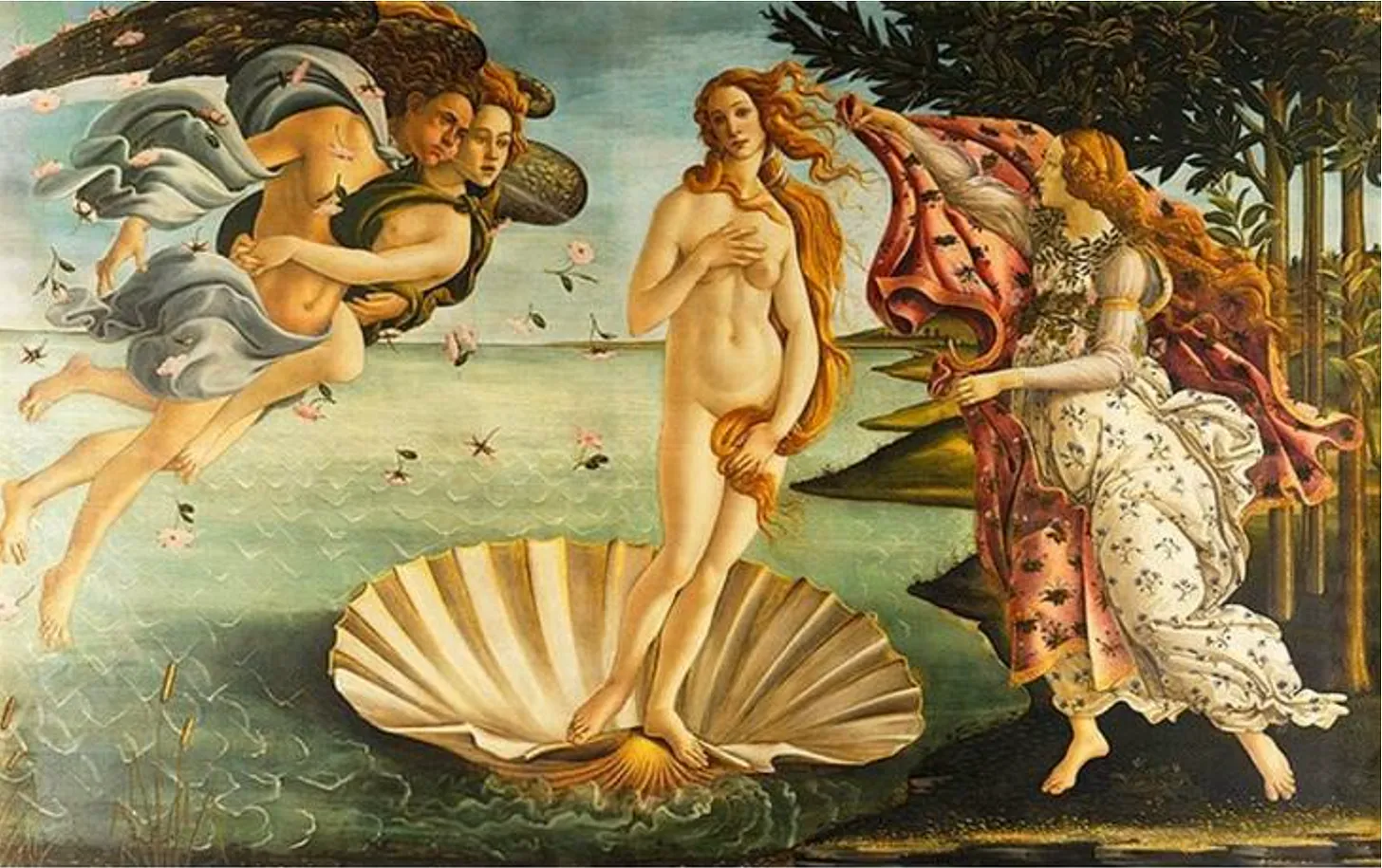
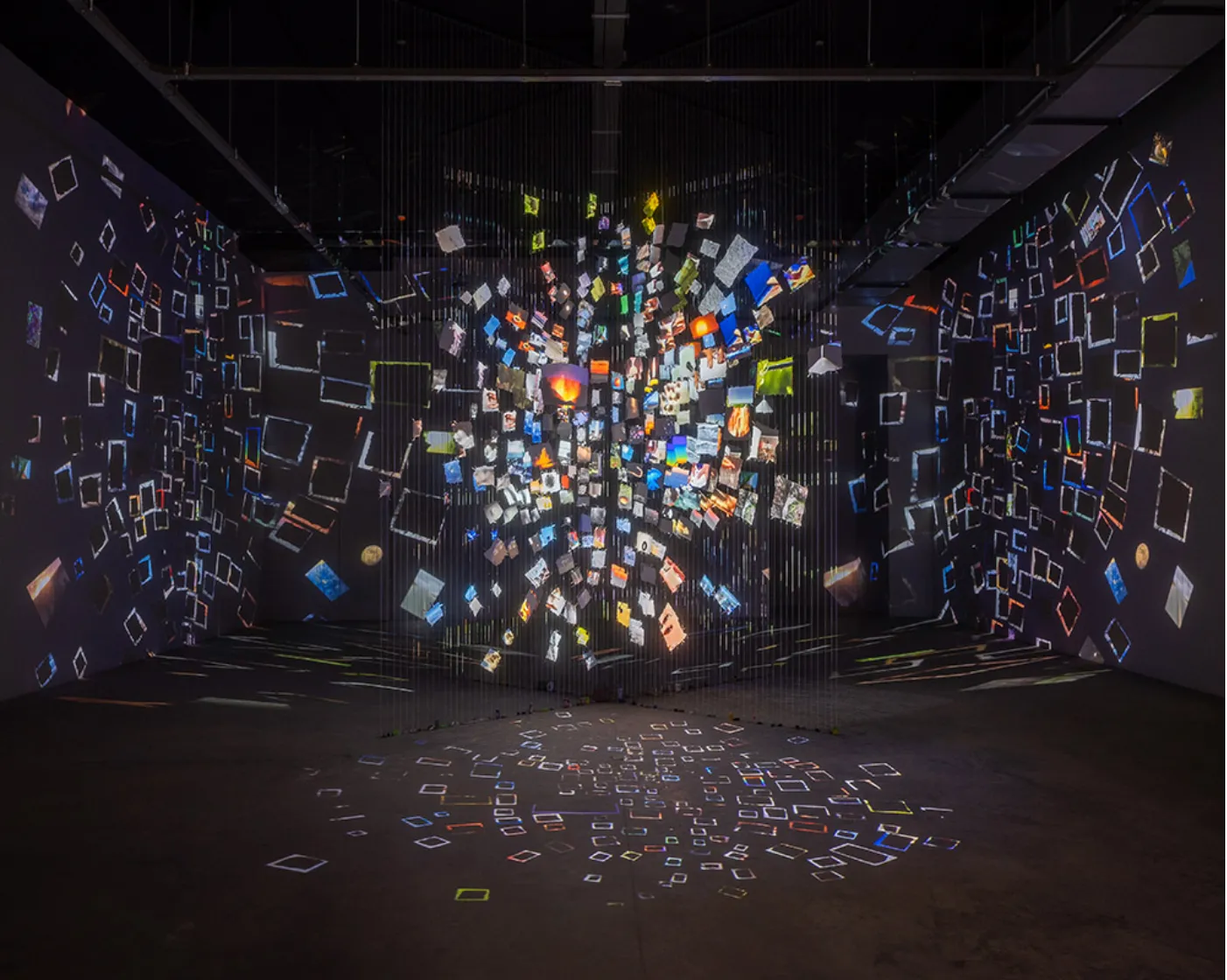
.svg)
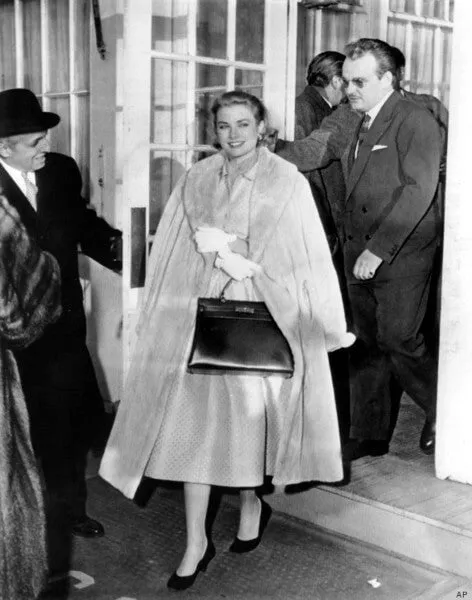
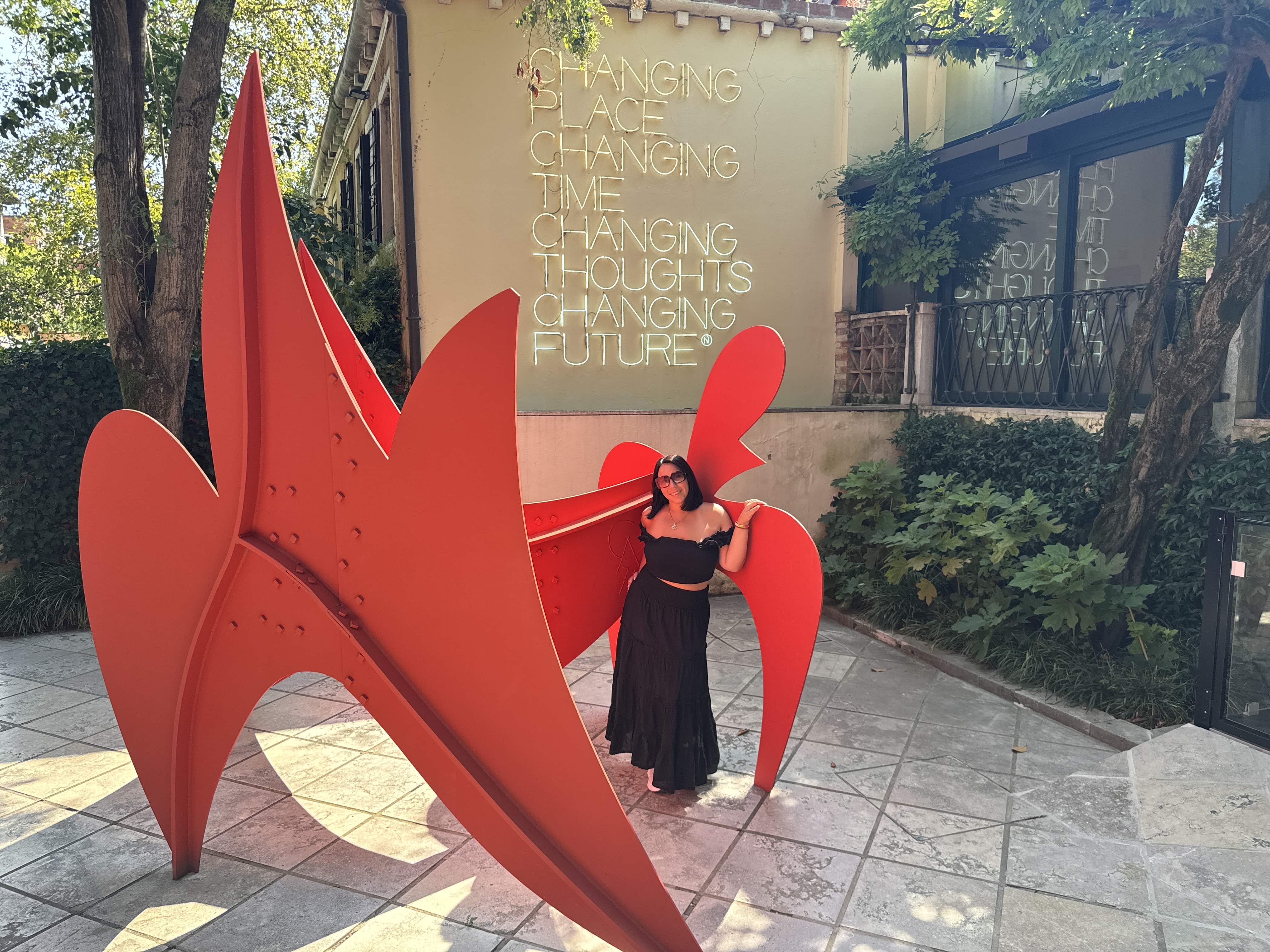
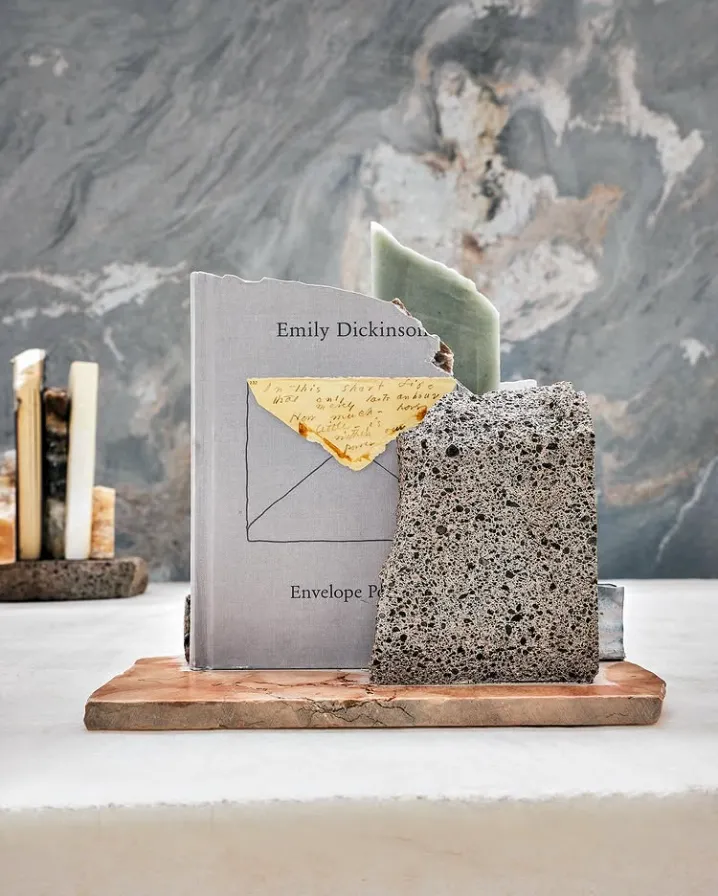
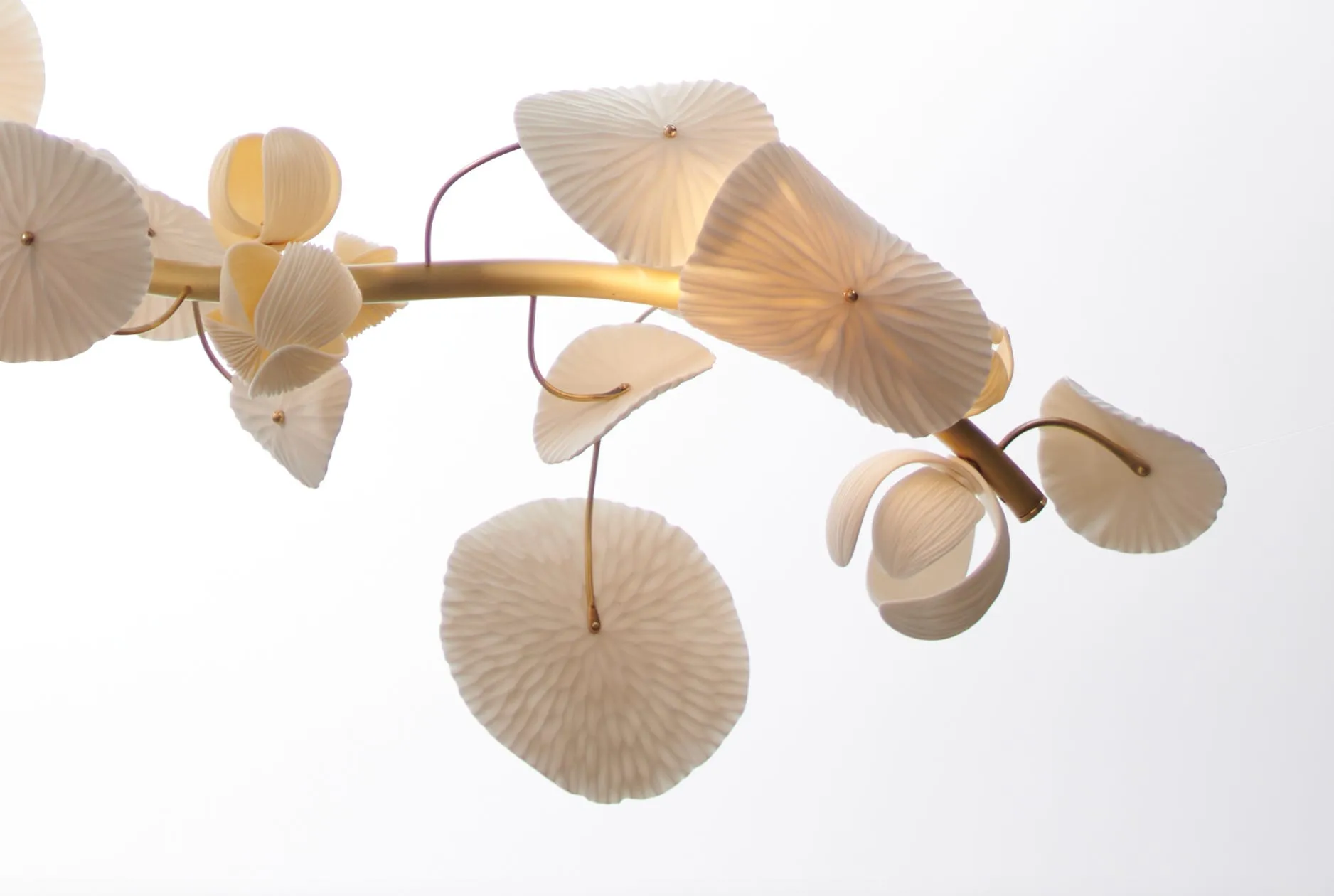

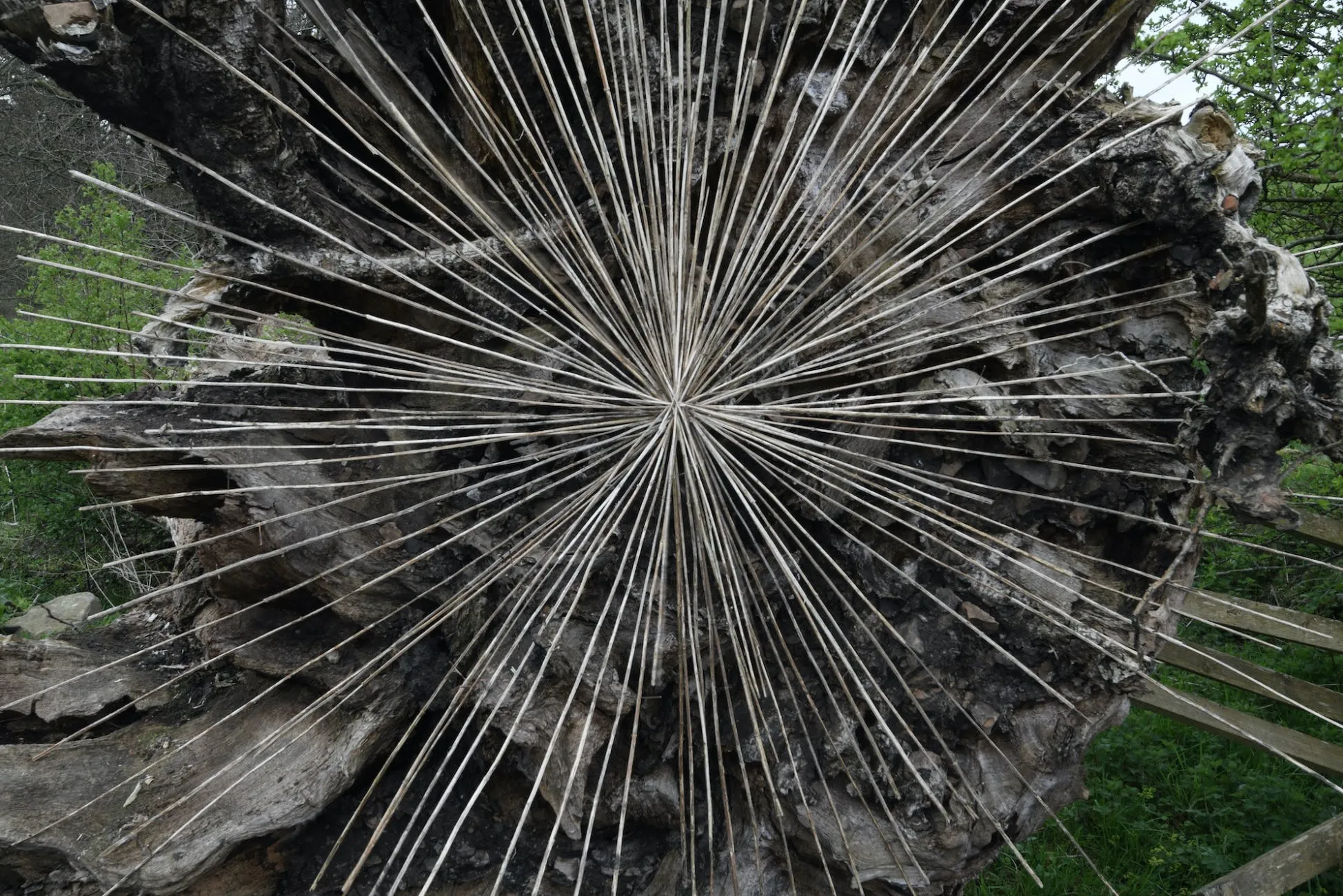
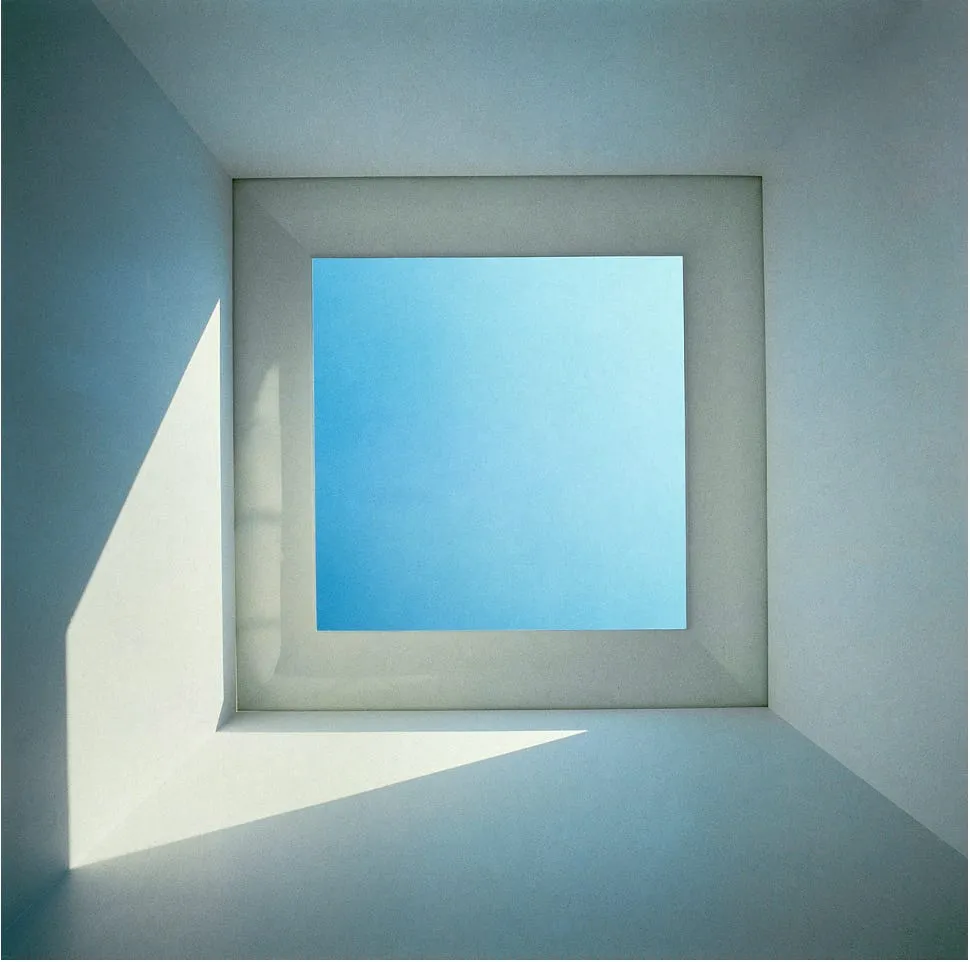
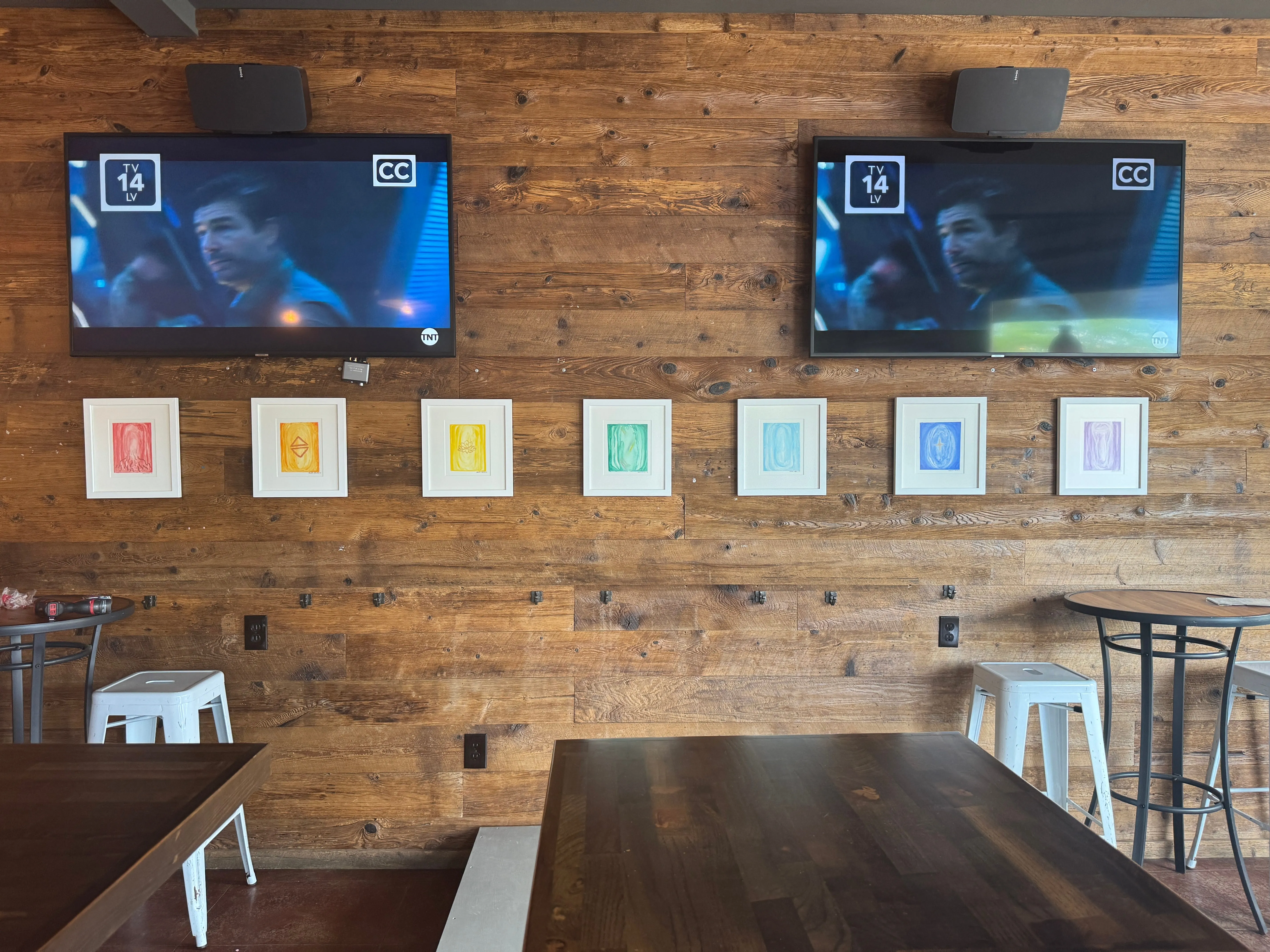
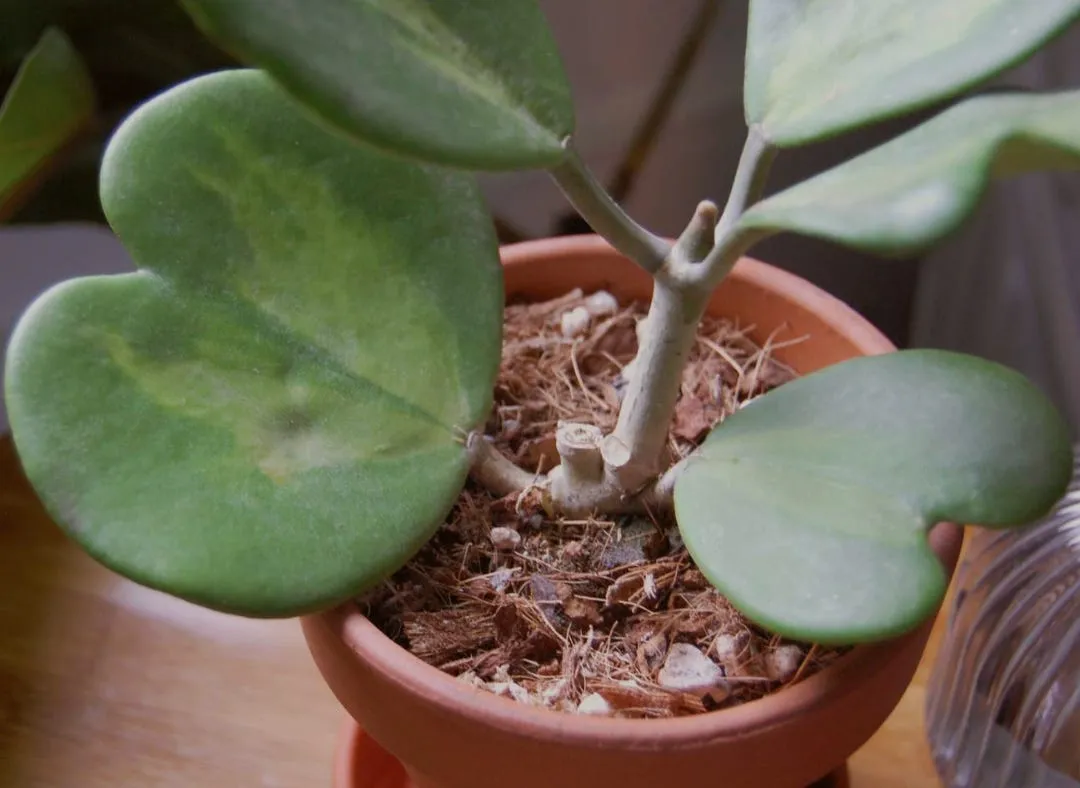
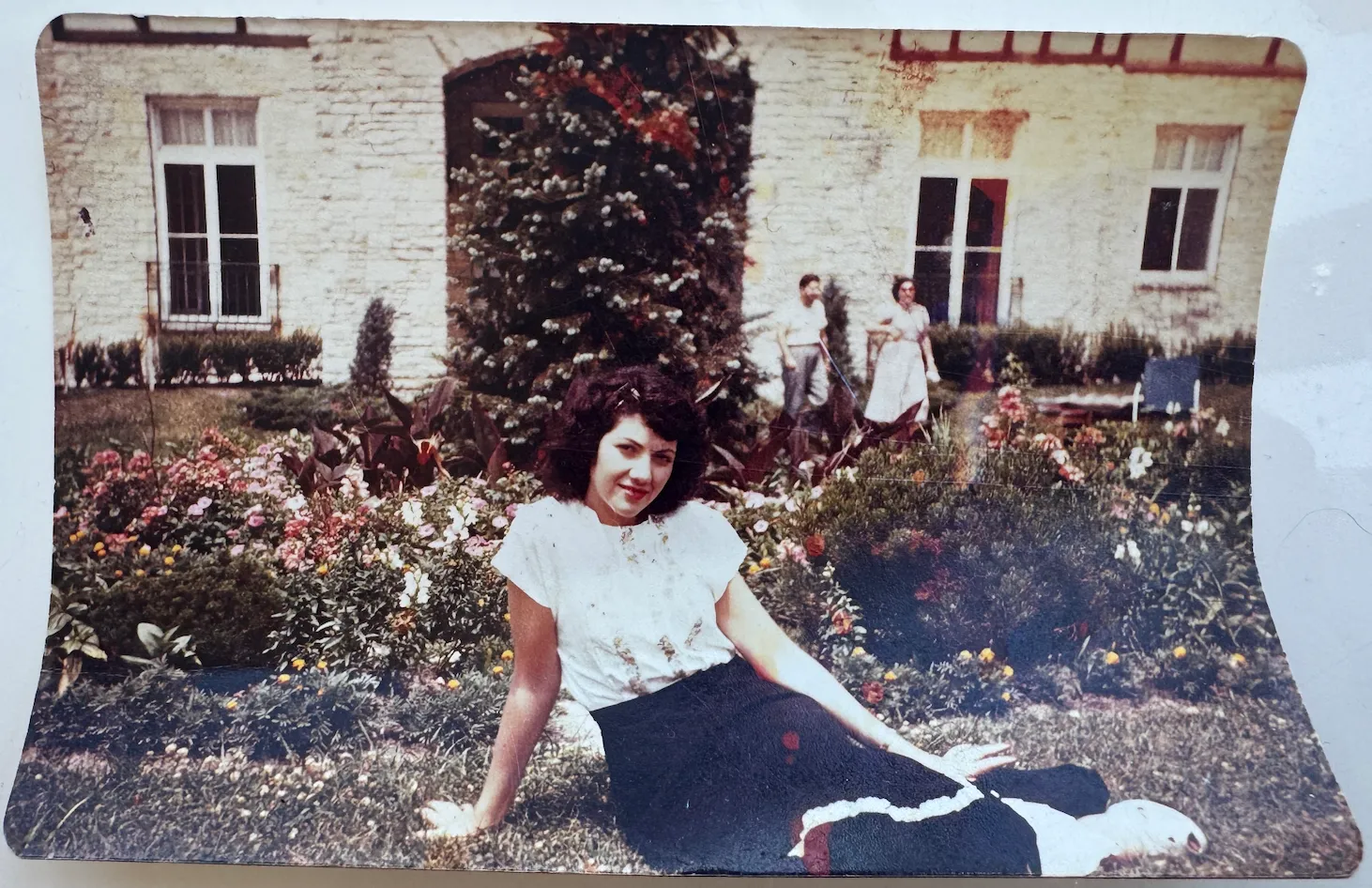

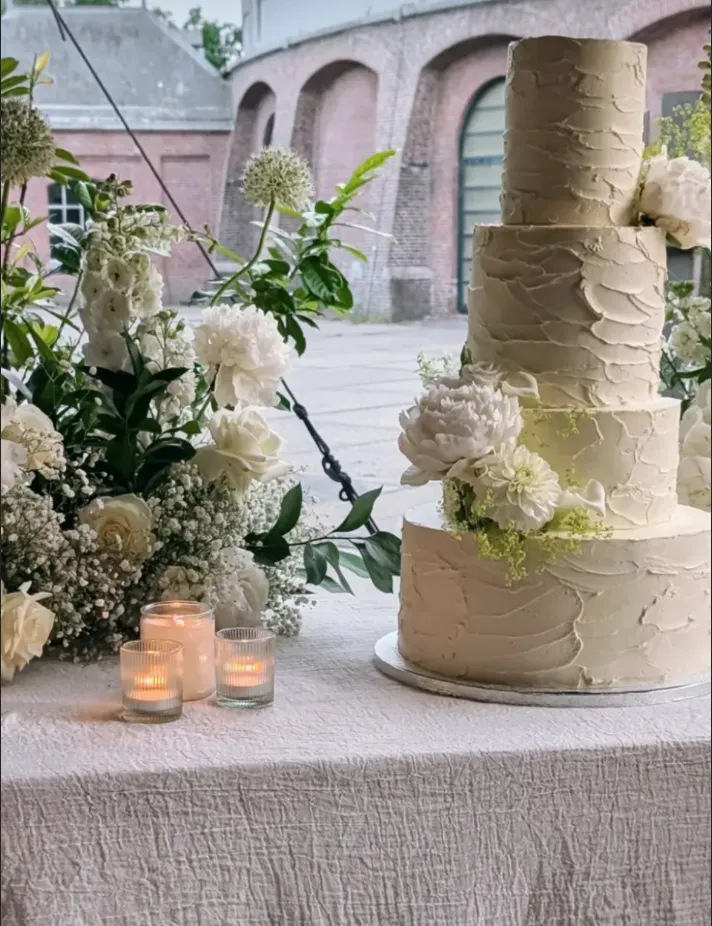




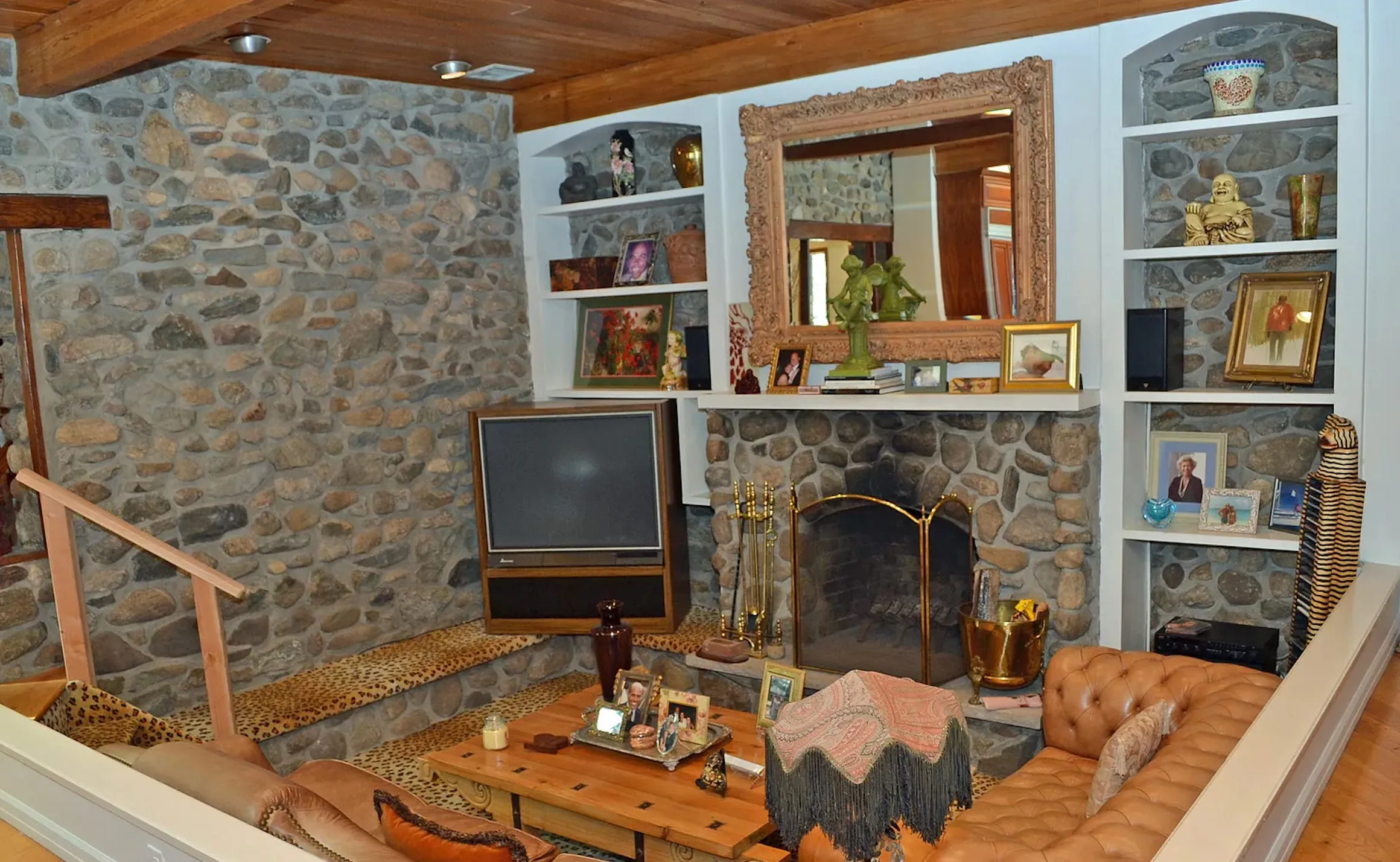
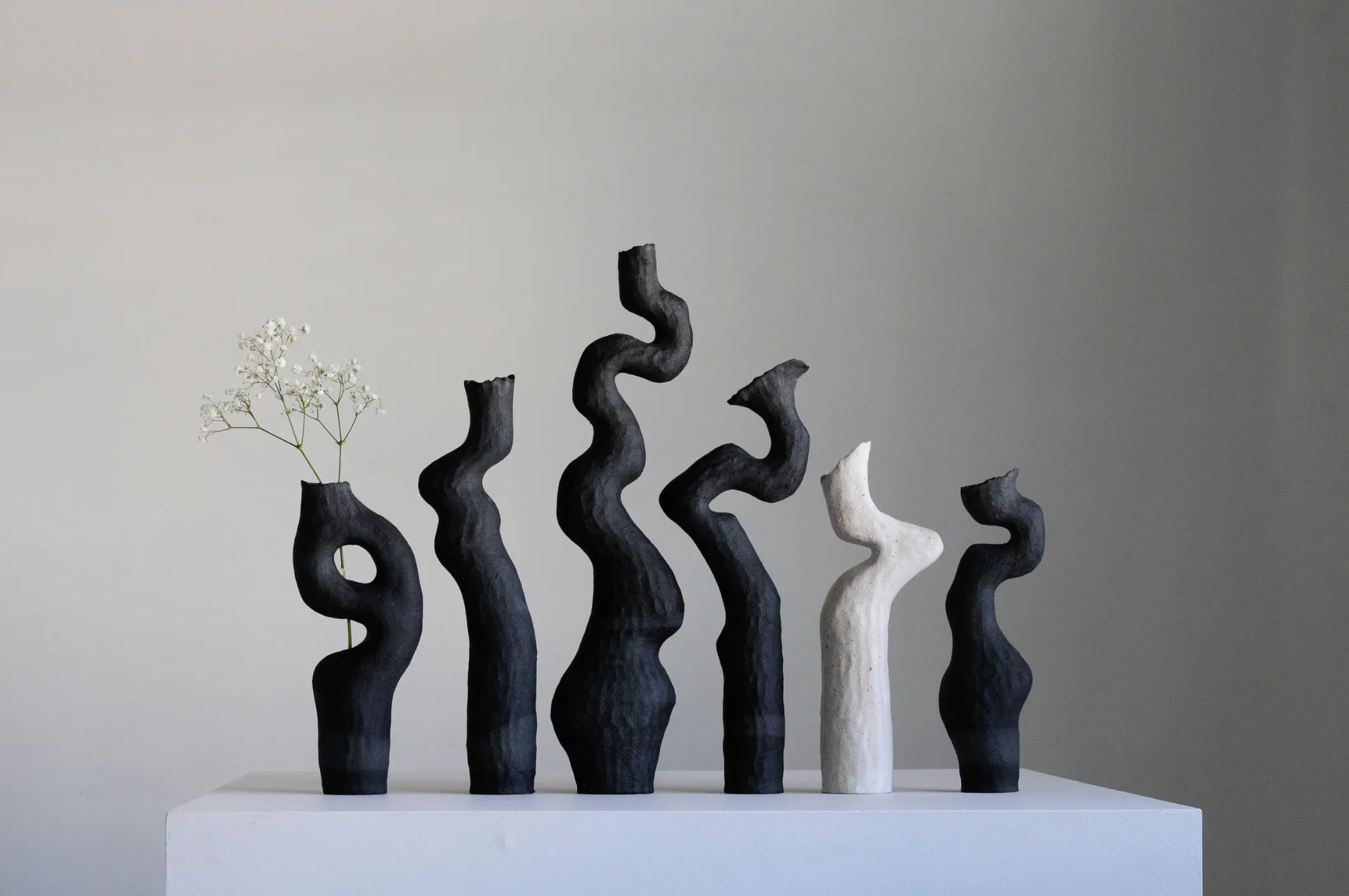

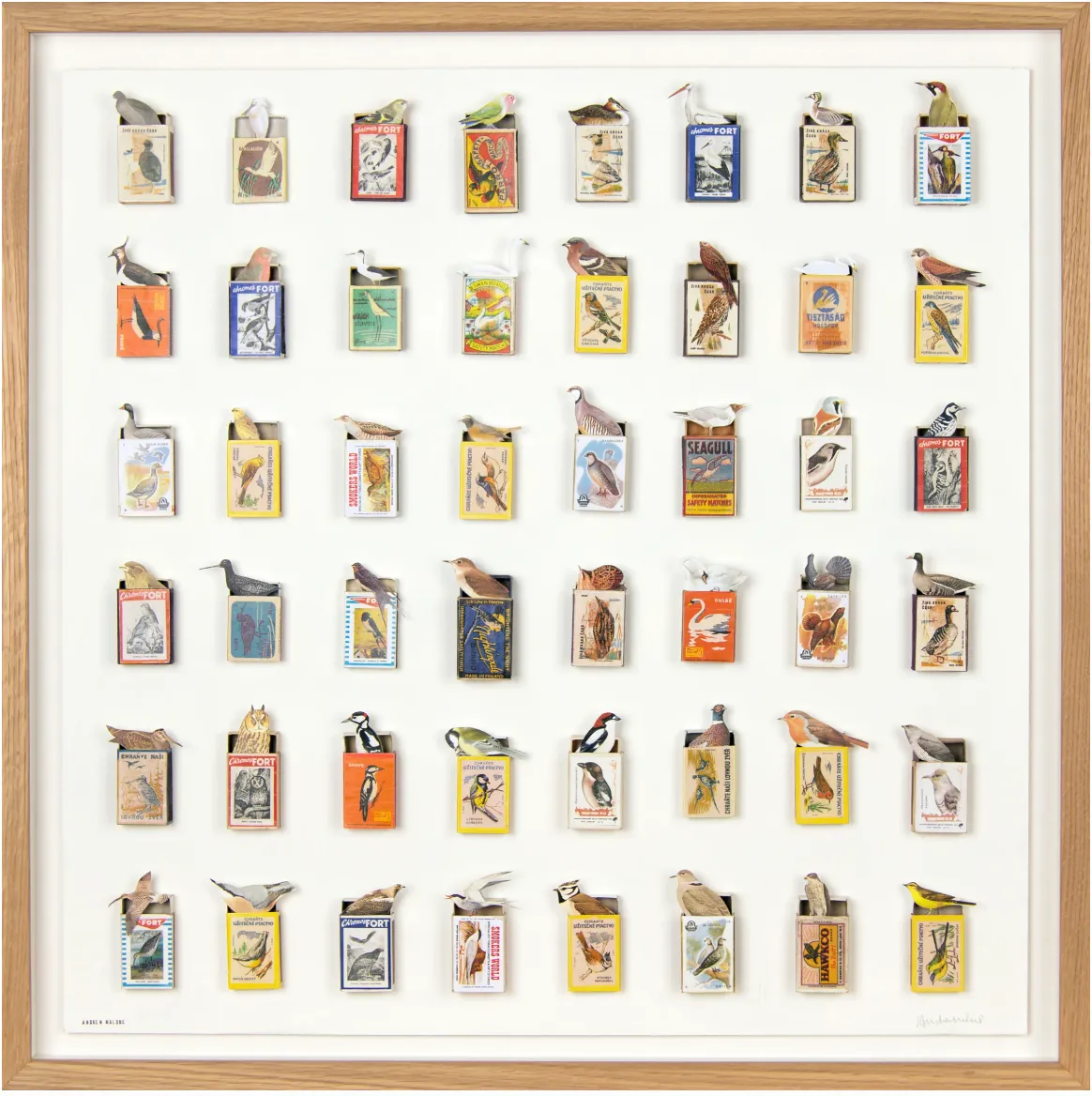

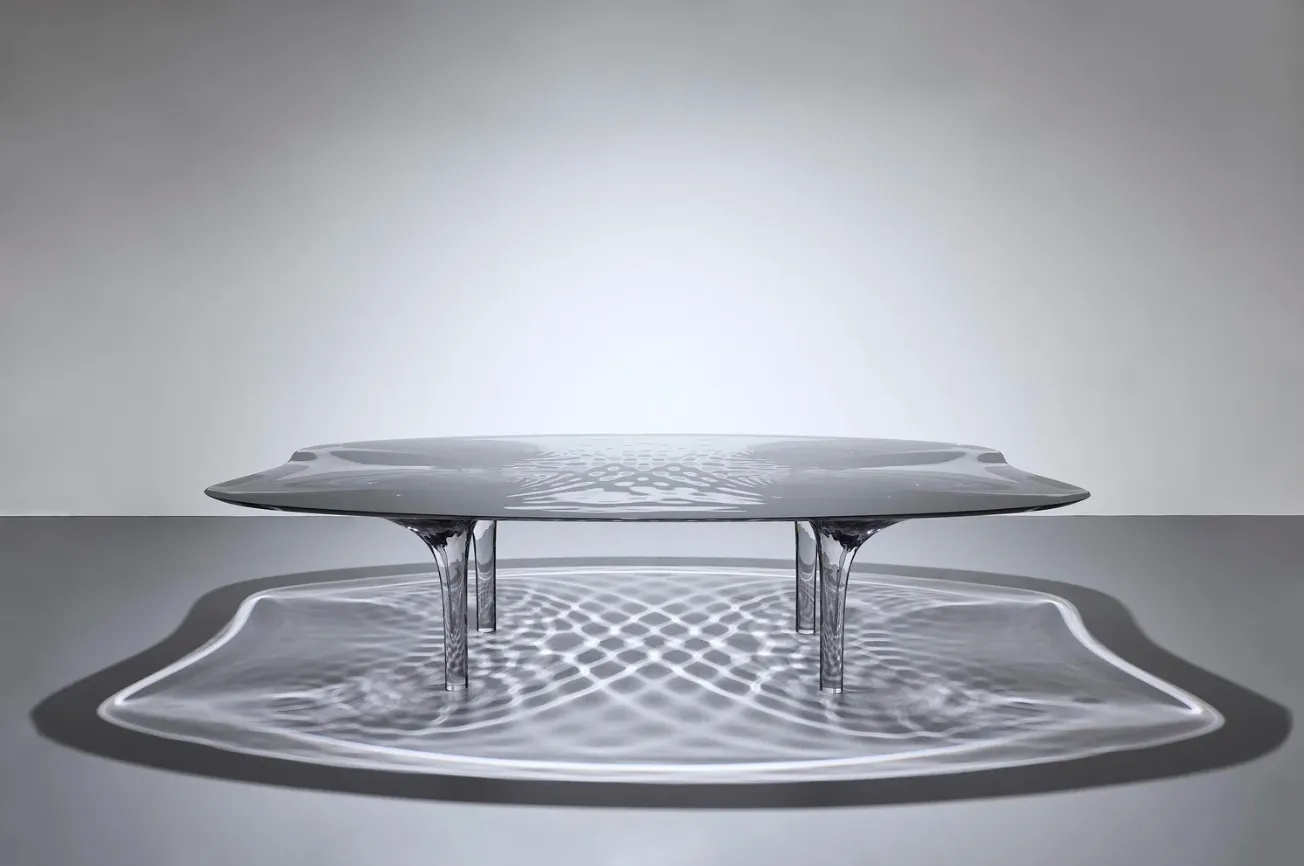
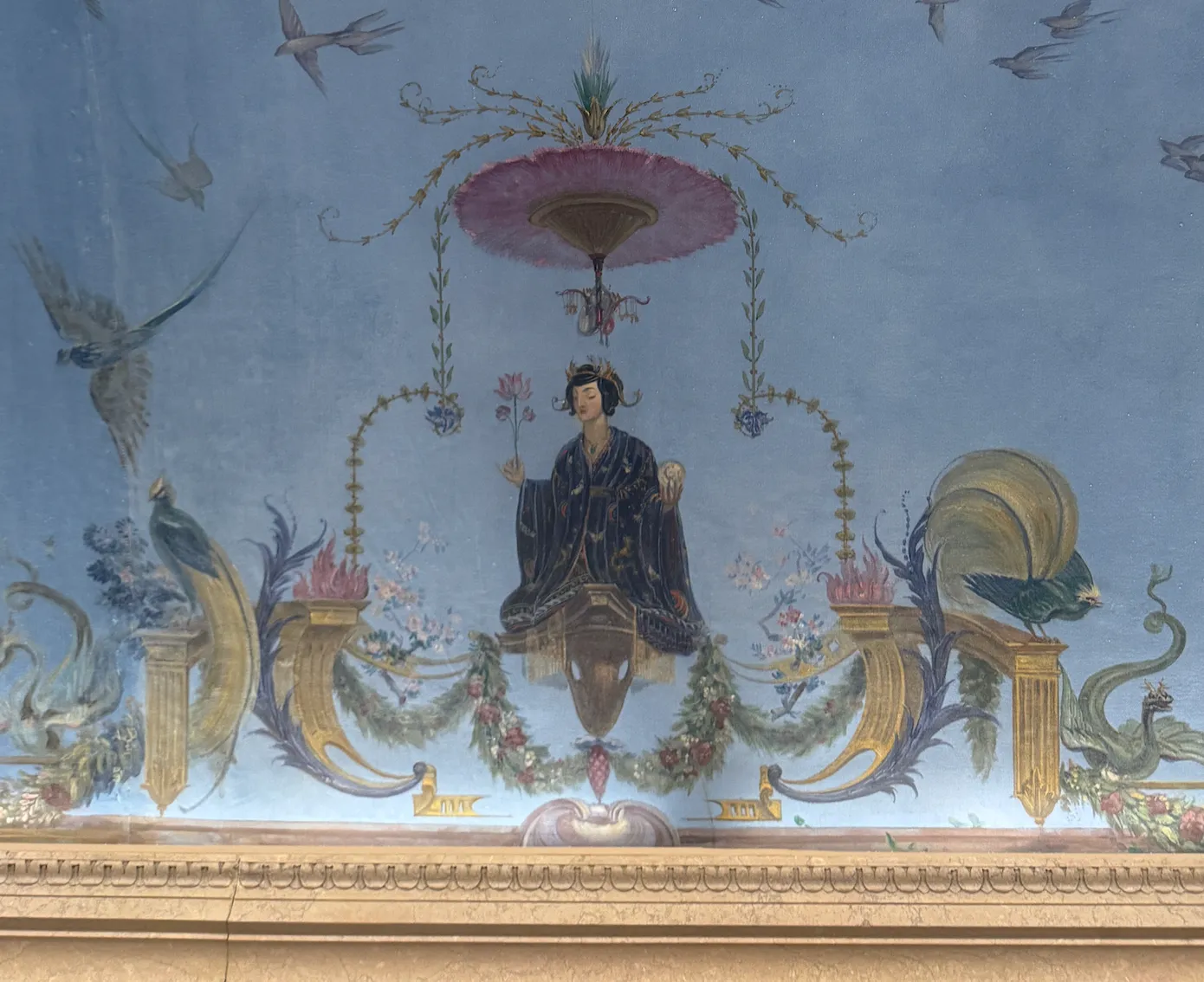
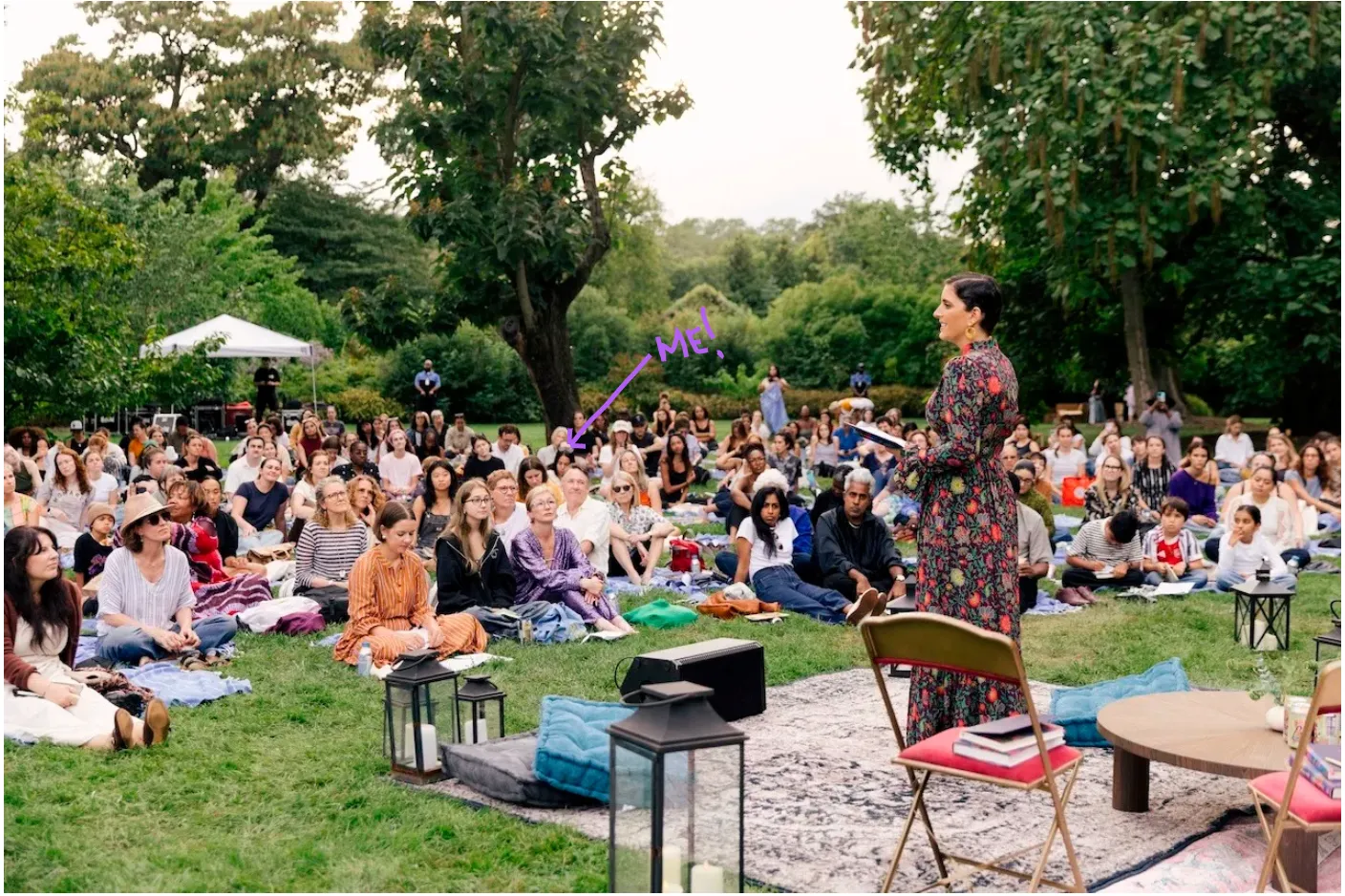

.webp)

.webp)
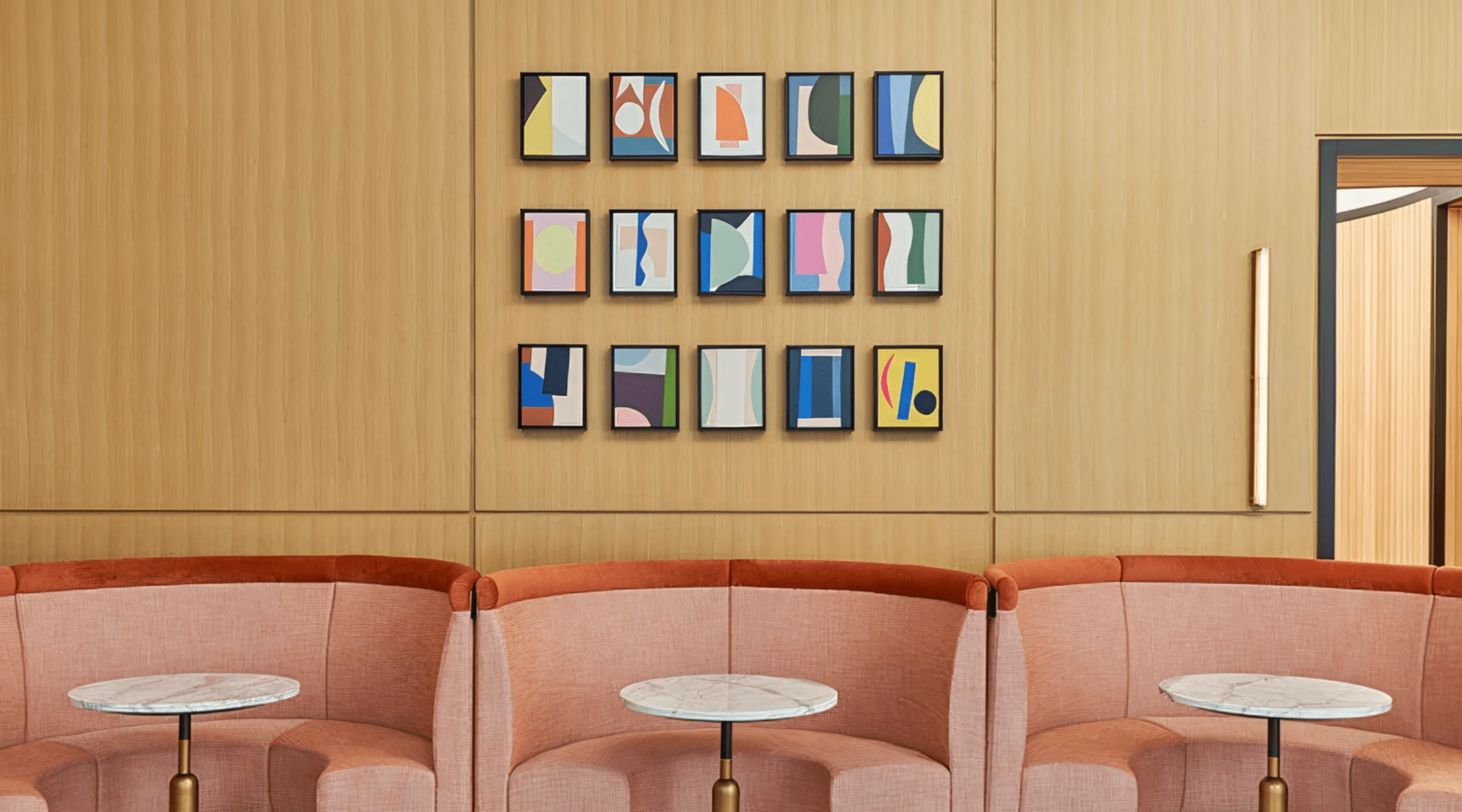
.webp)
.webp)
.webp)
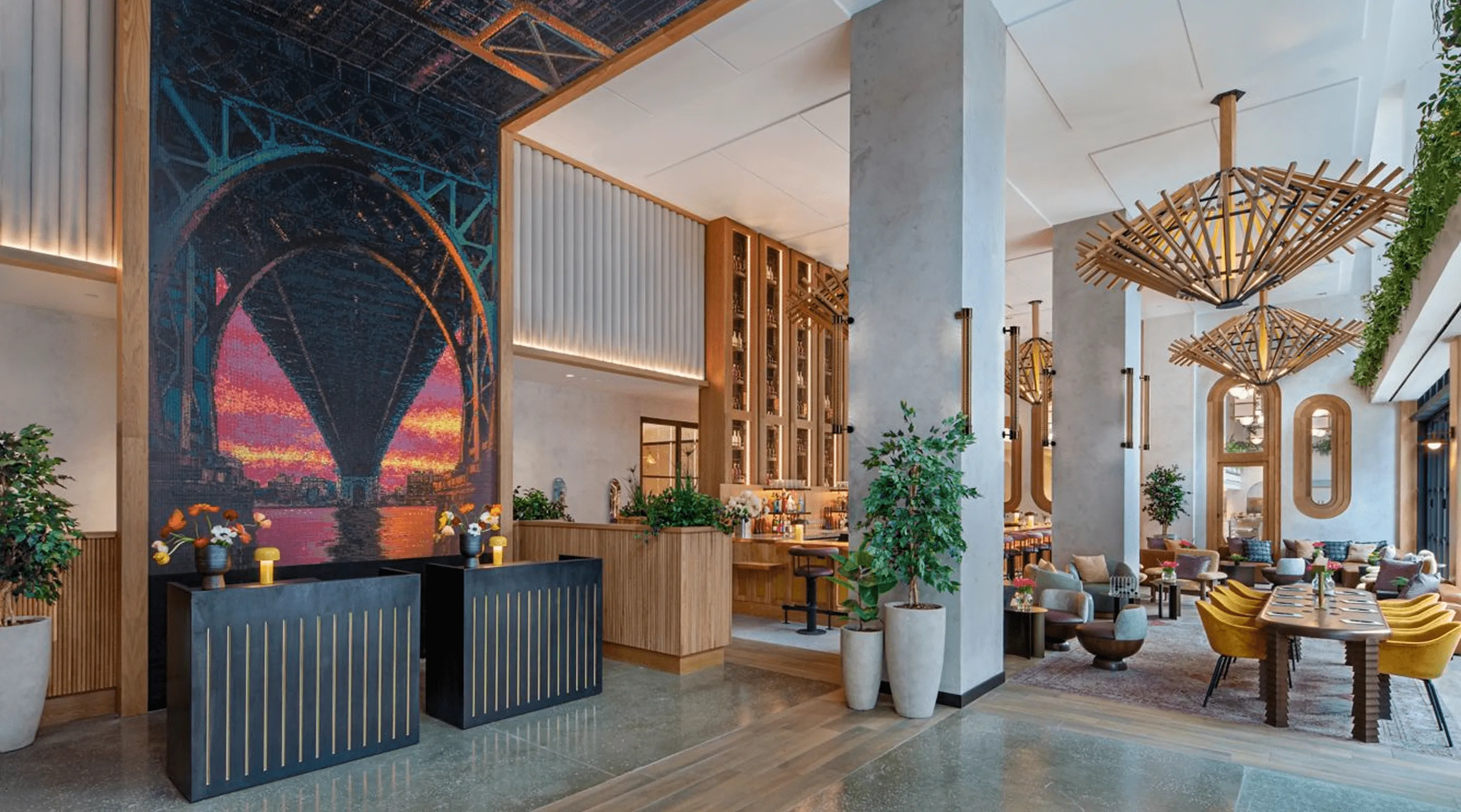
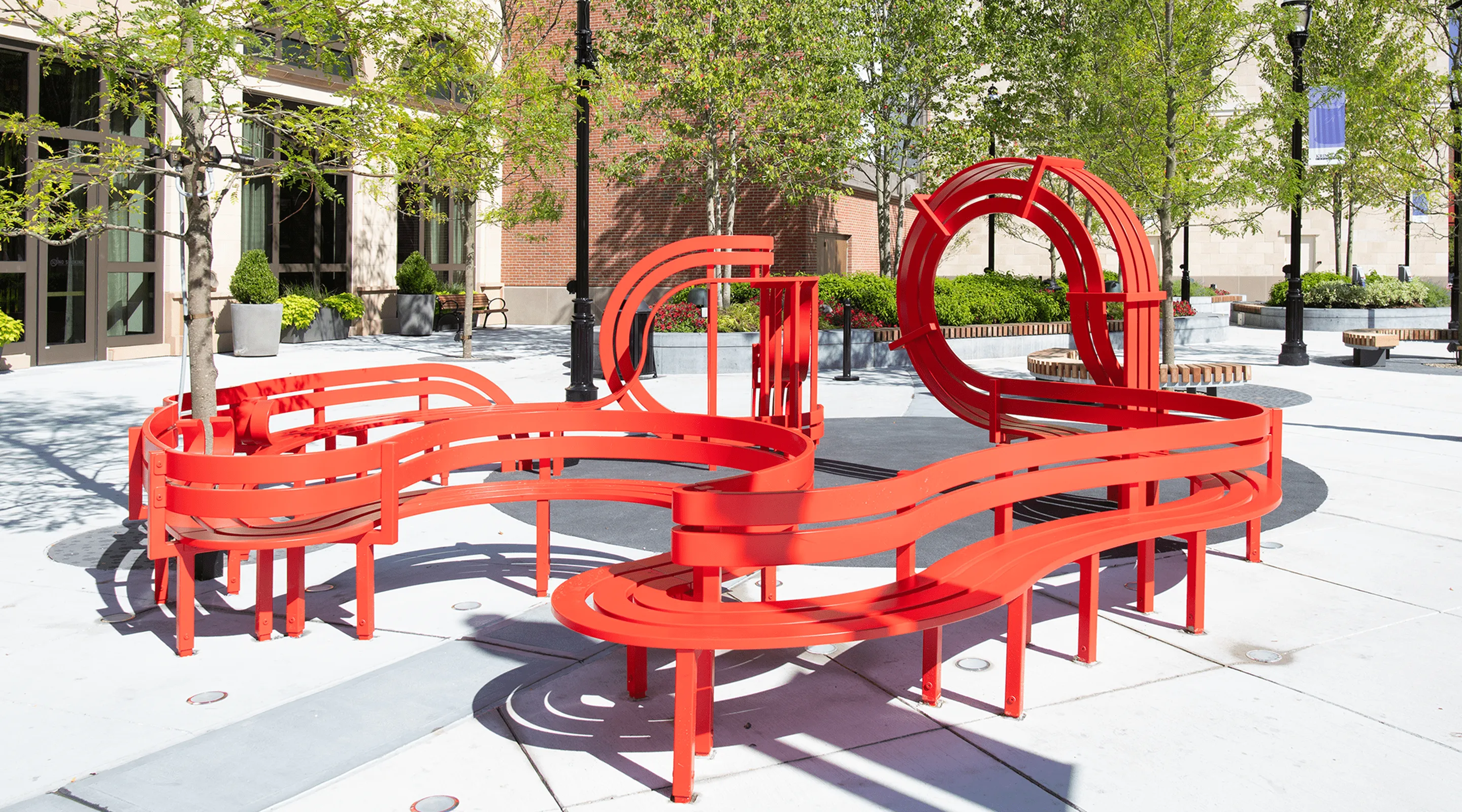
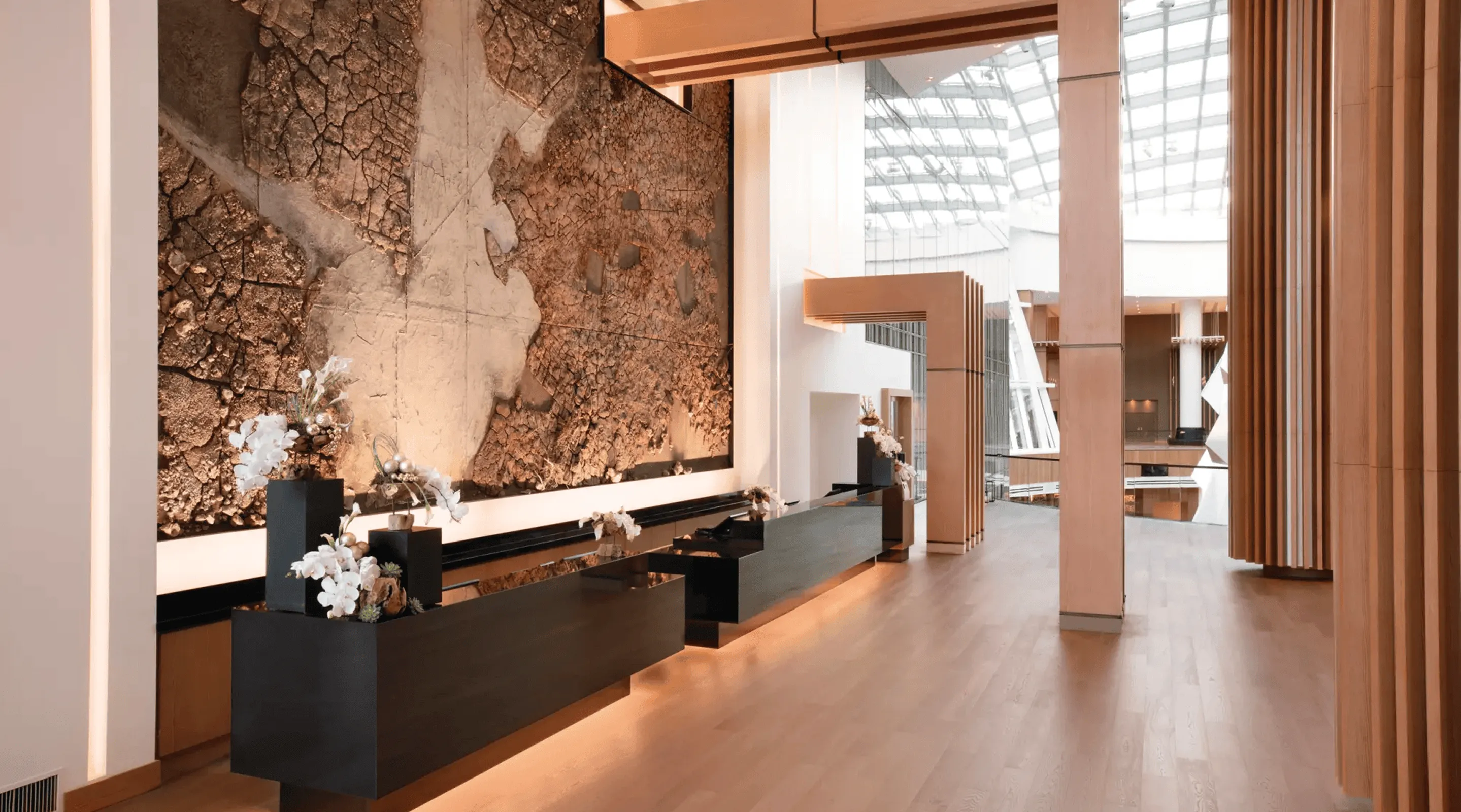
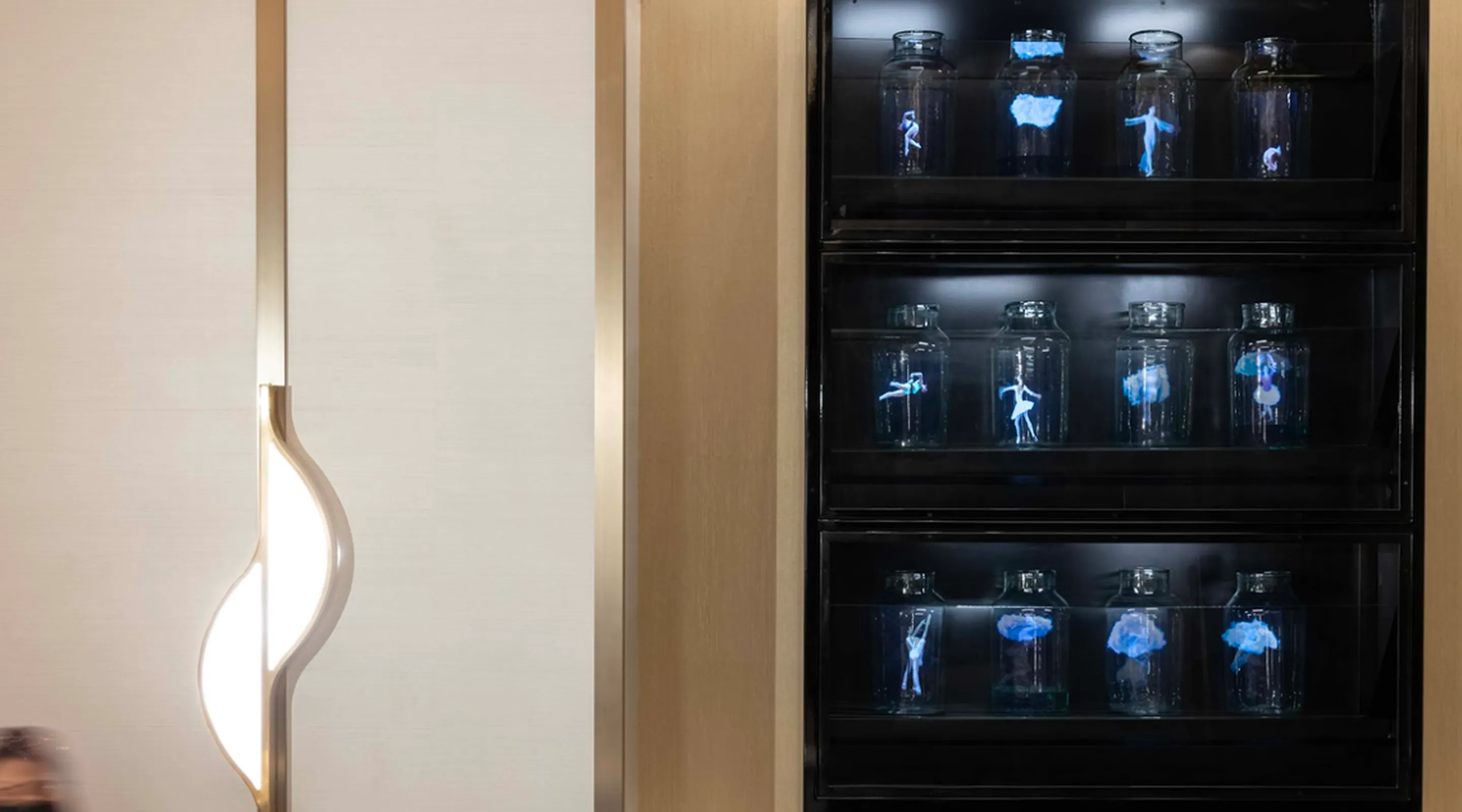
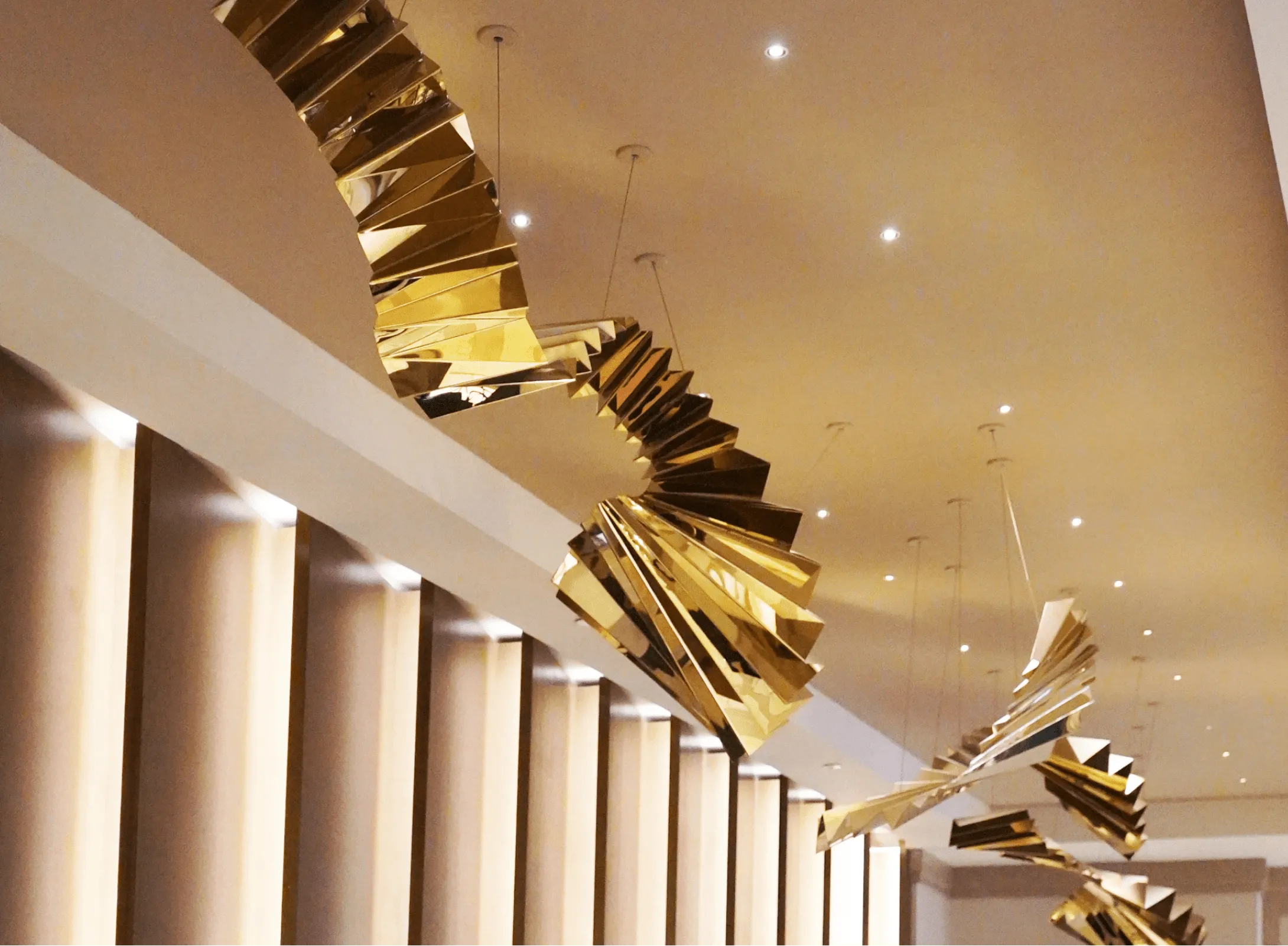
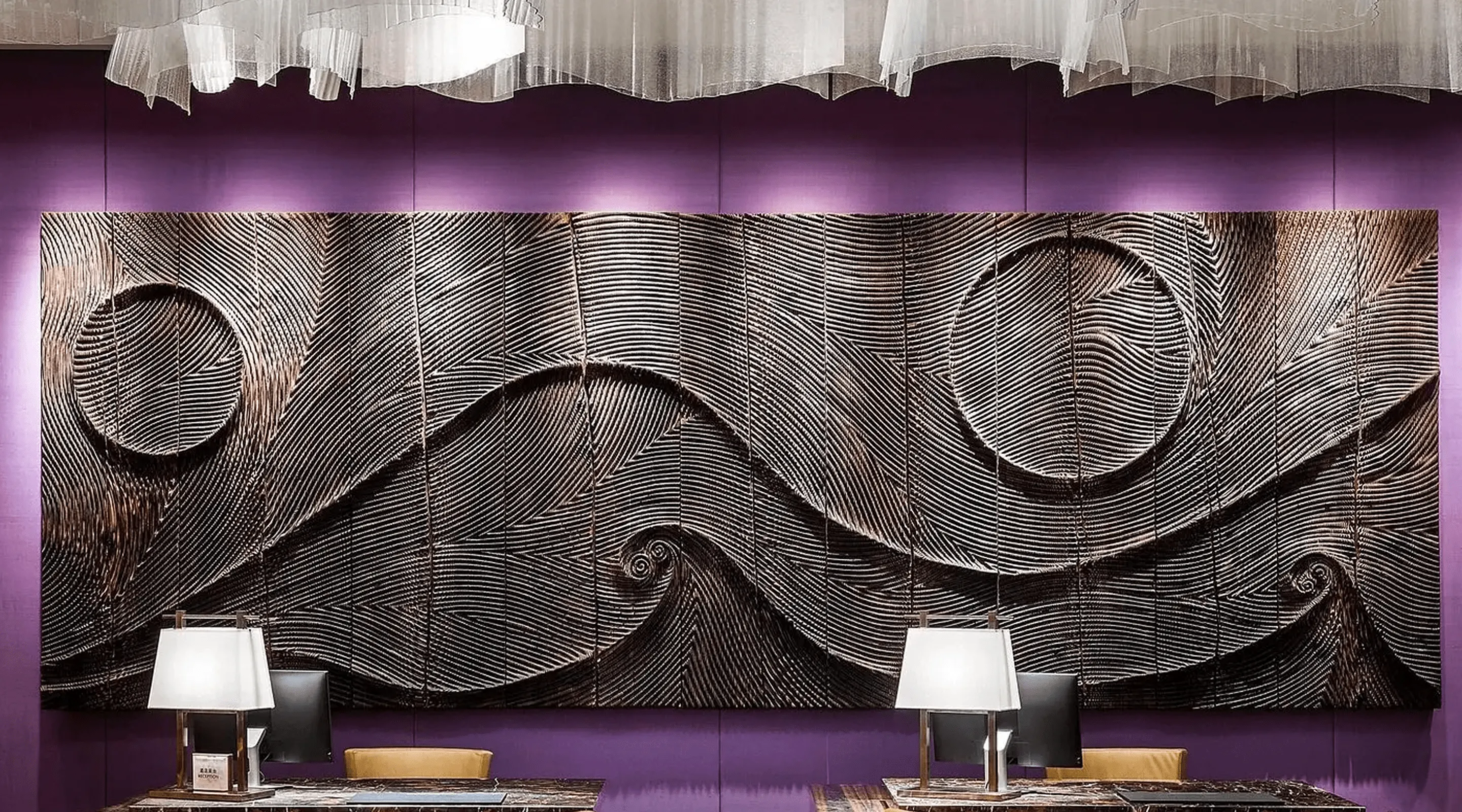
-min.webp)